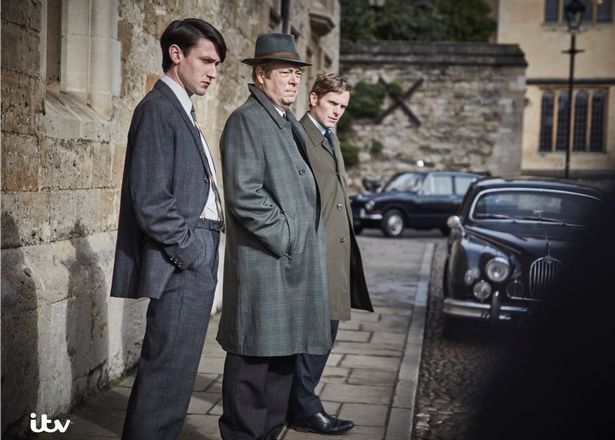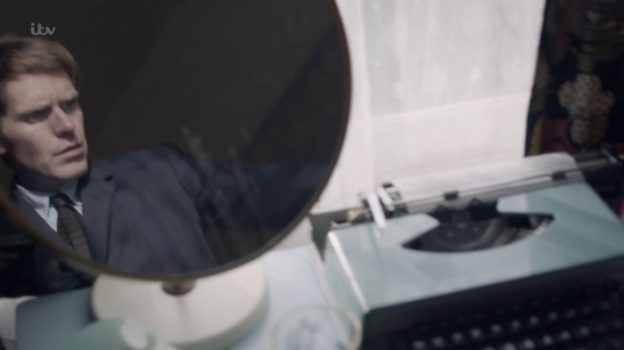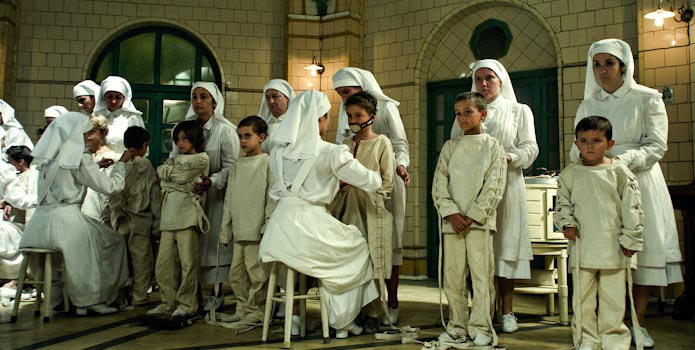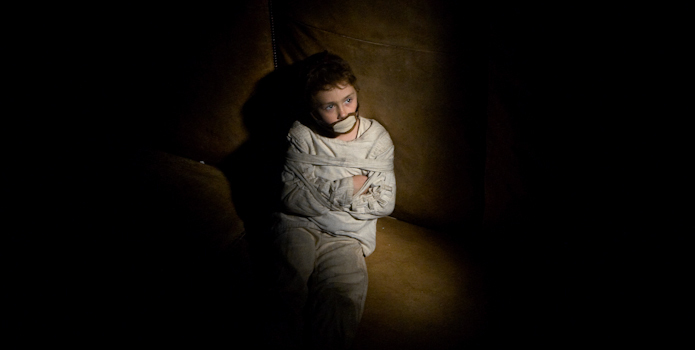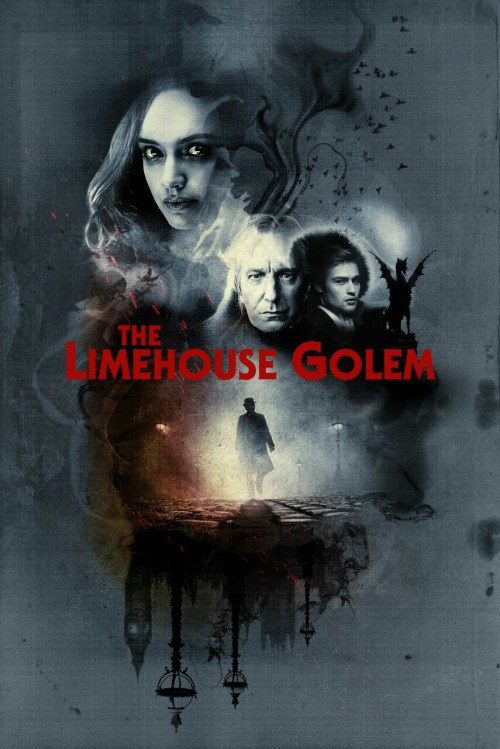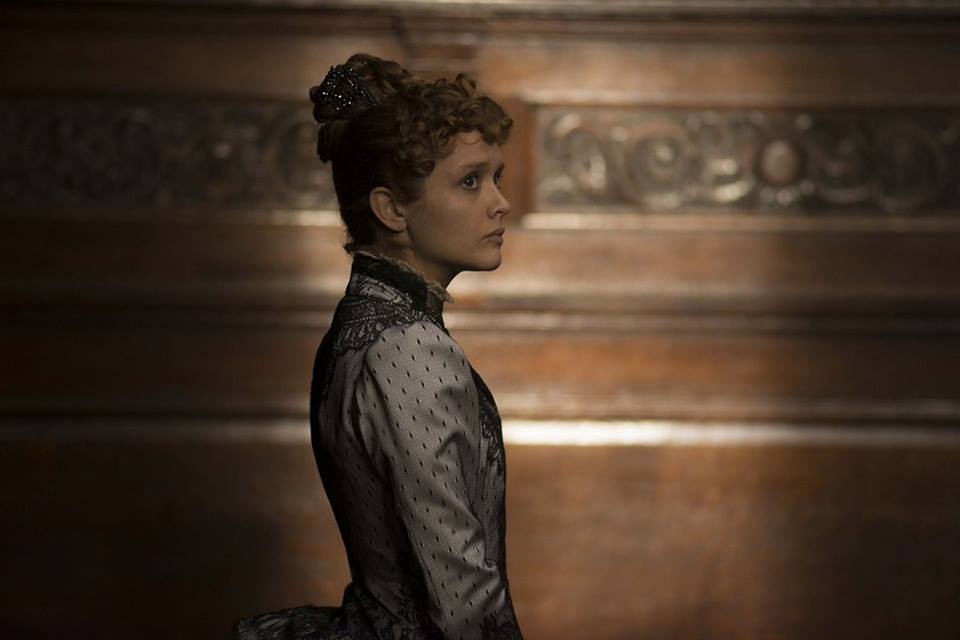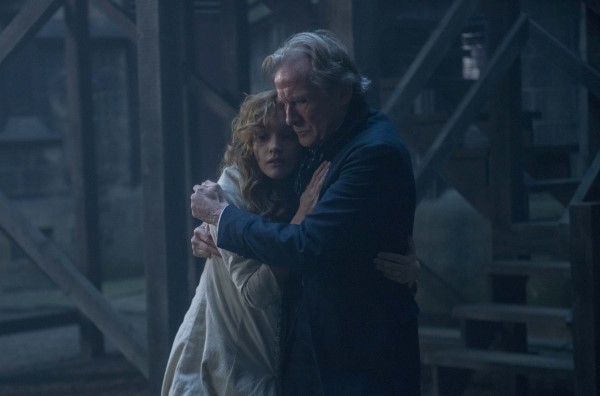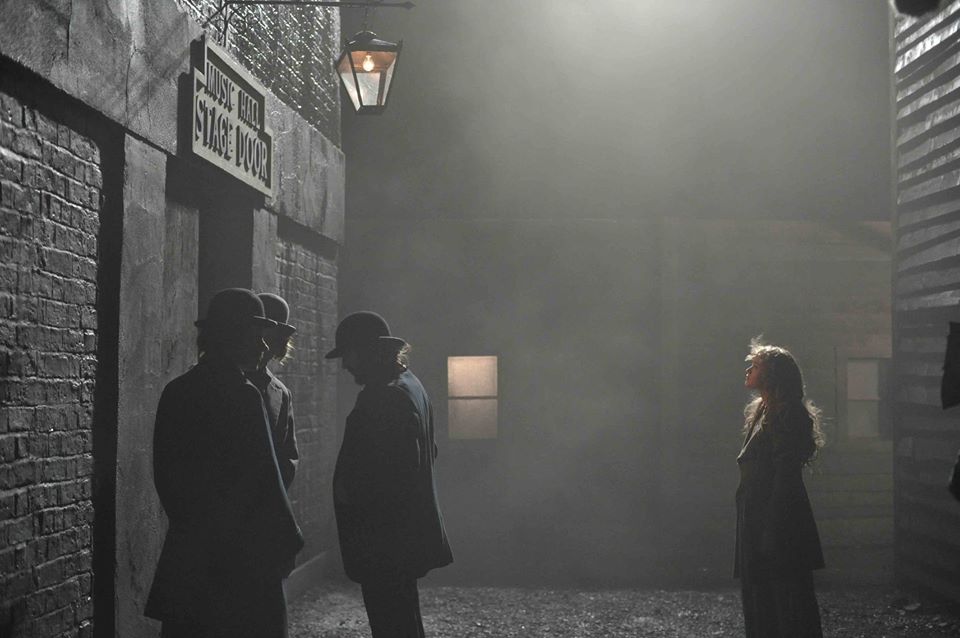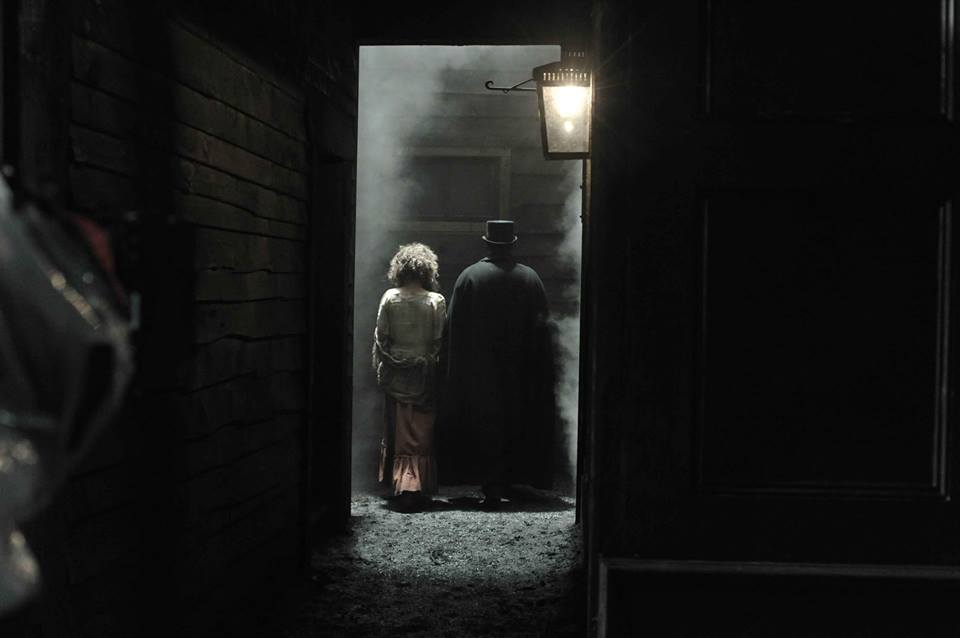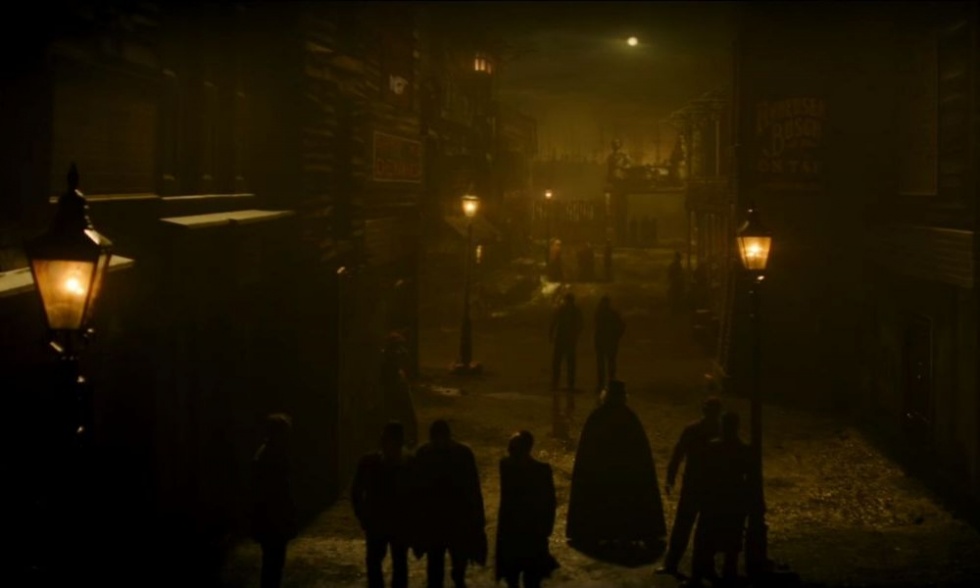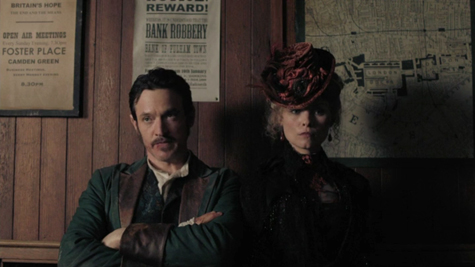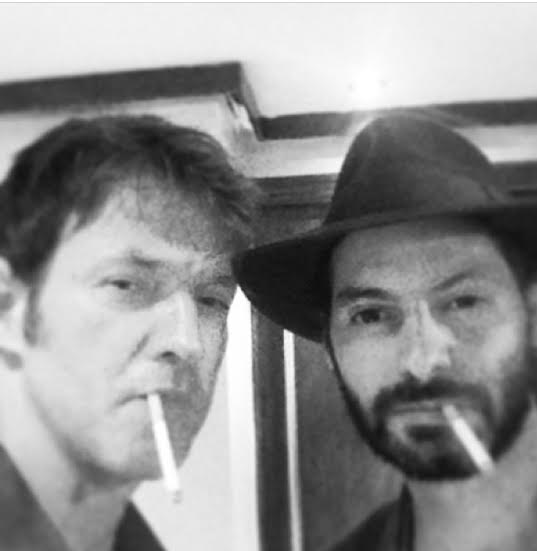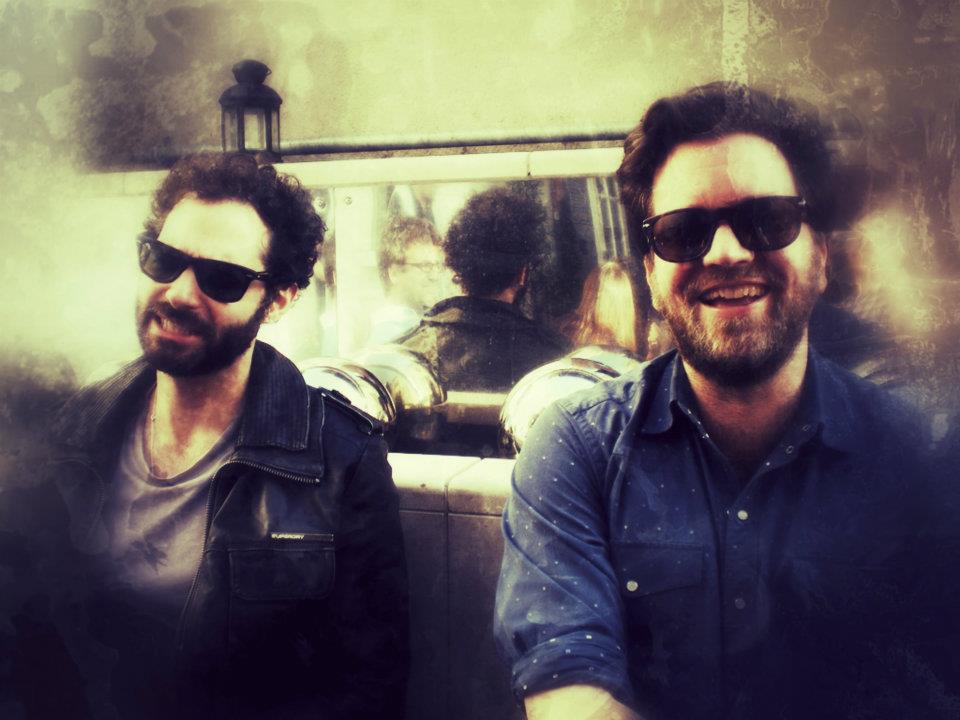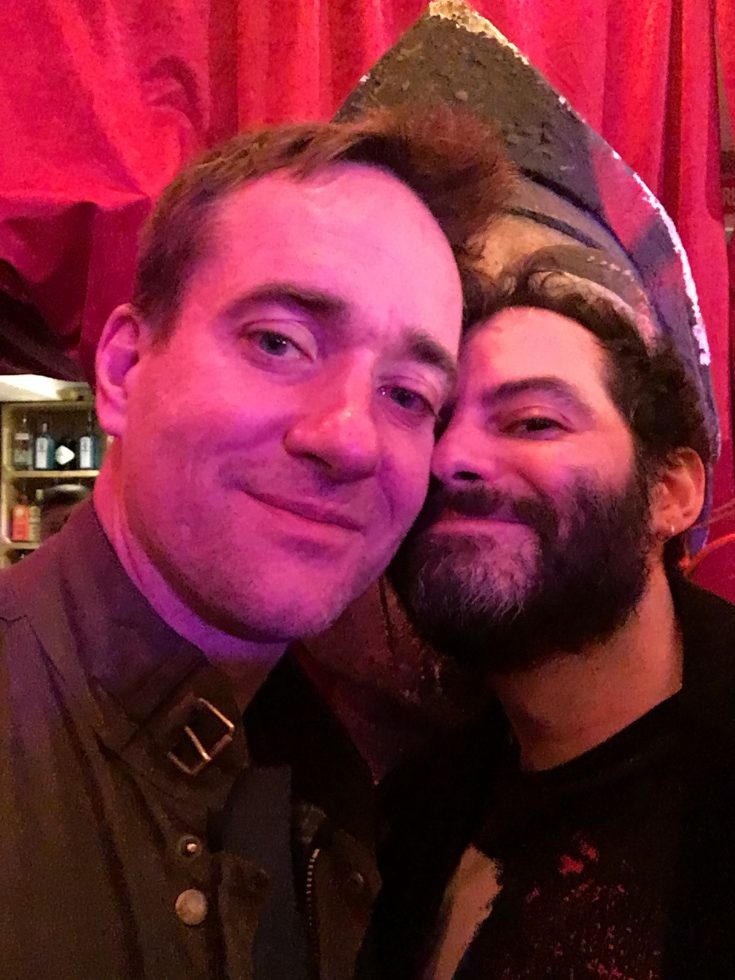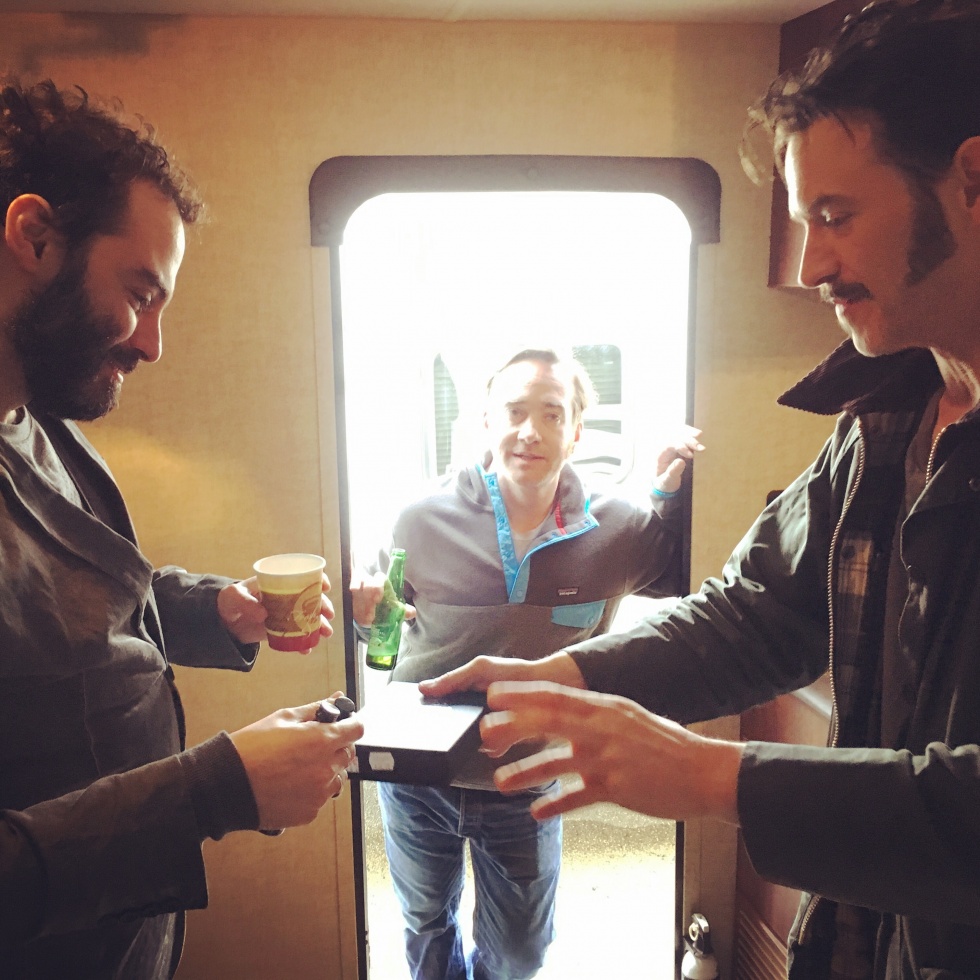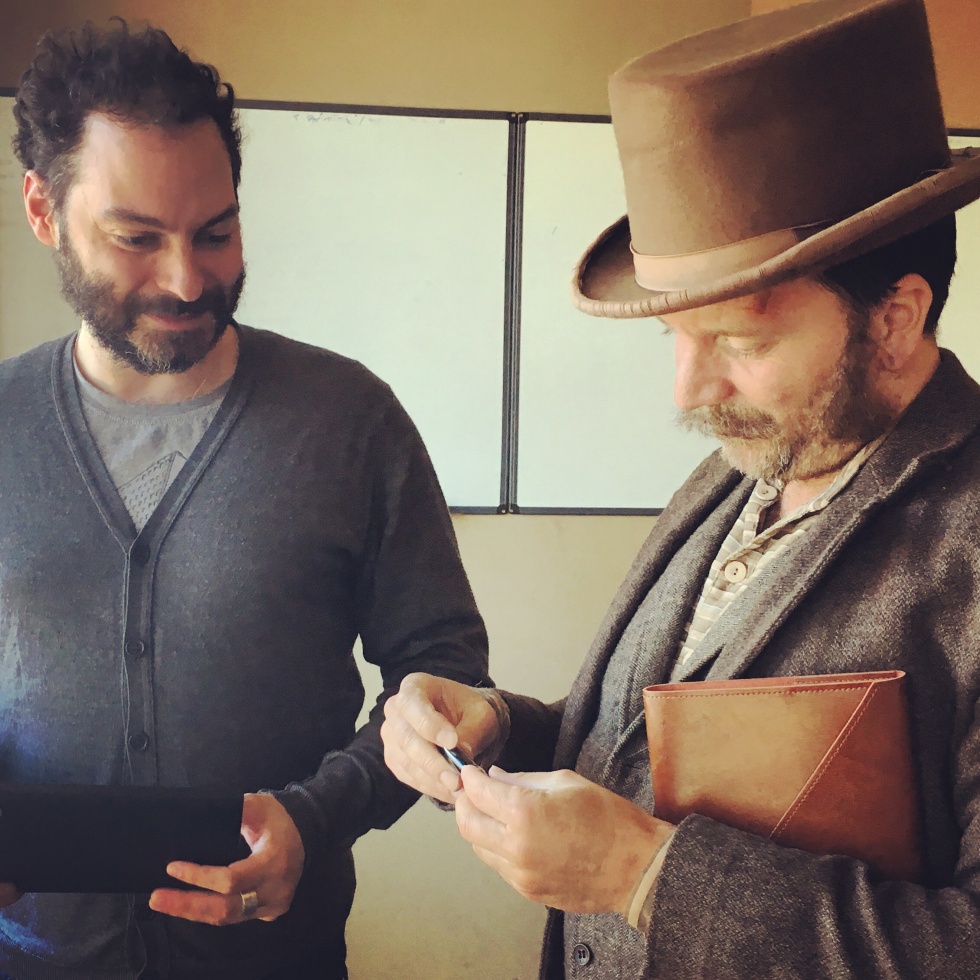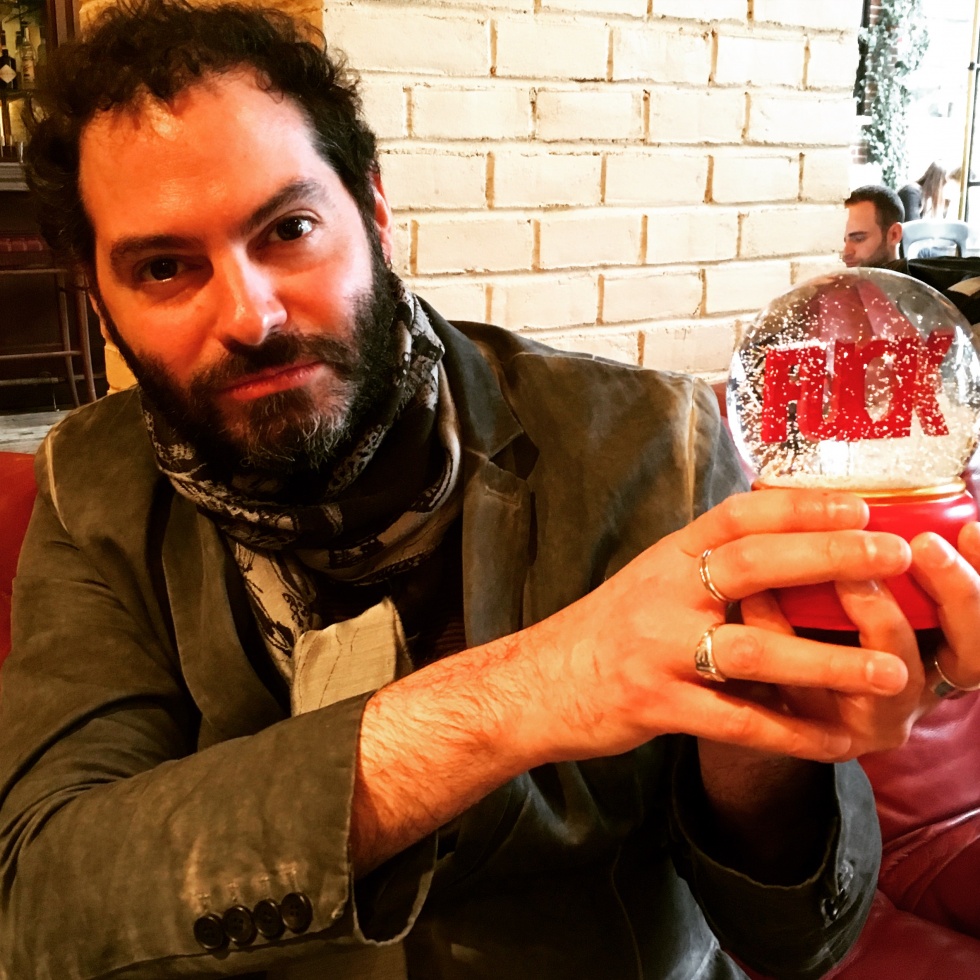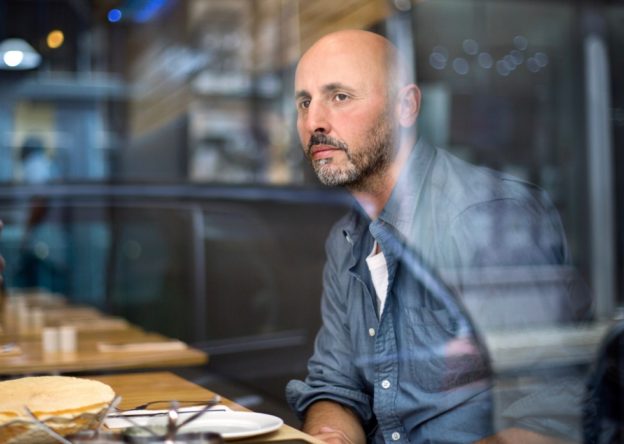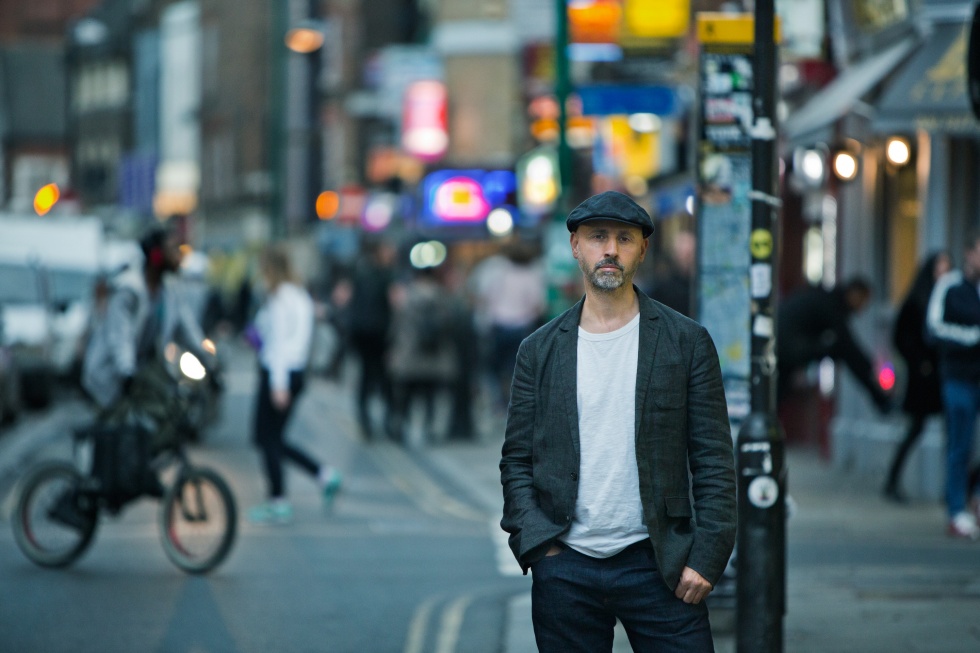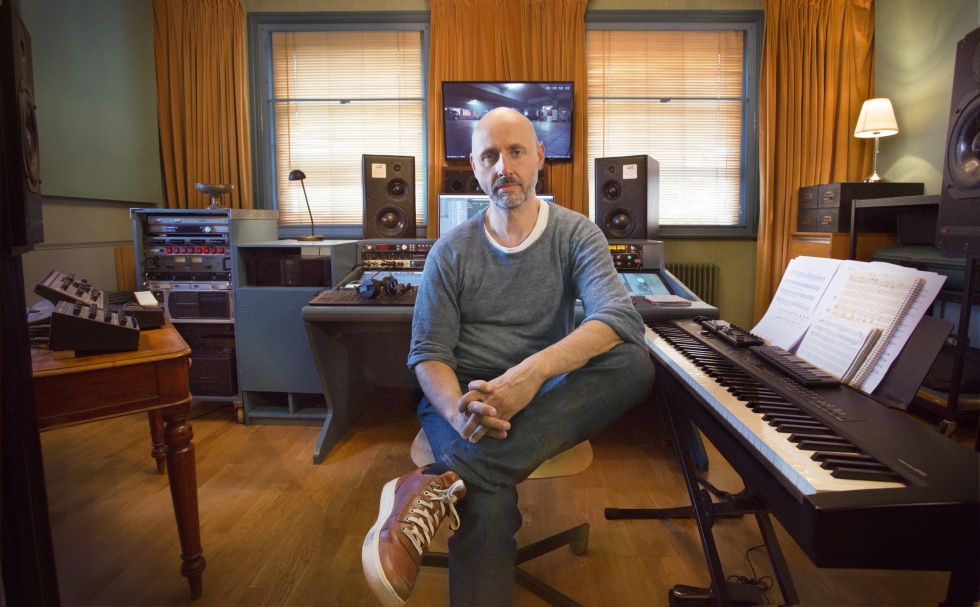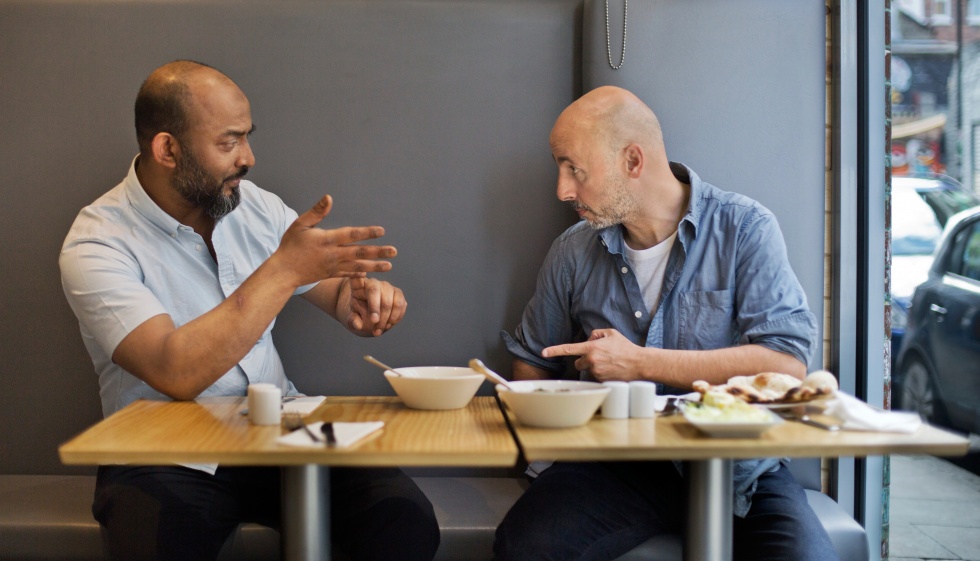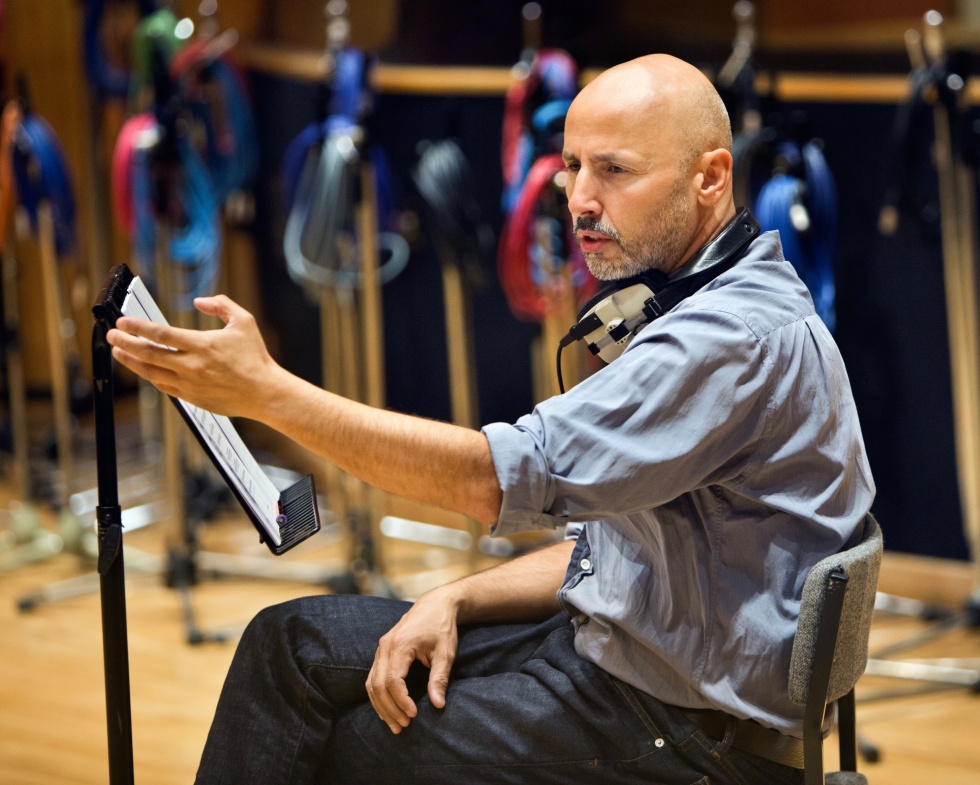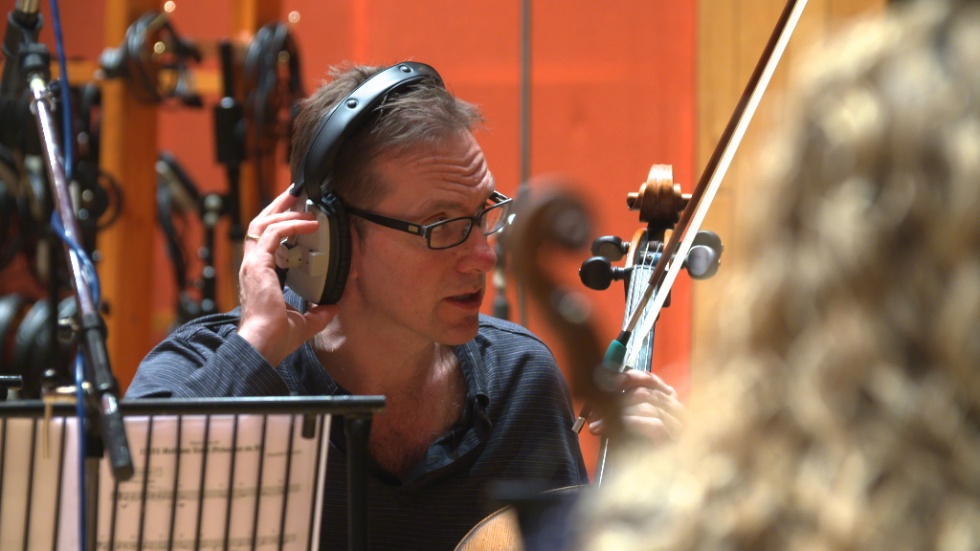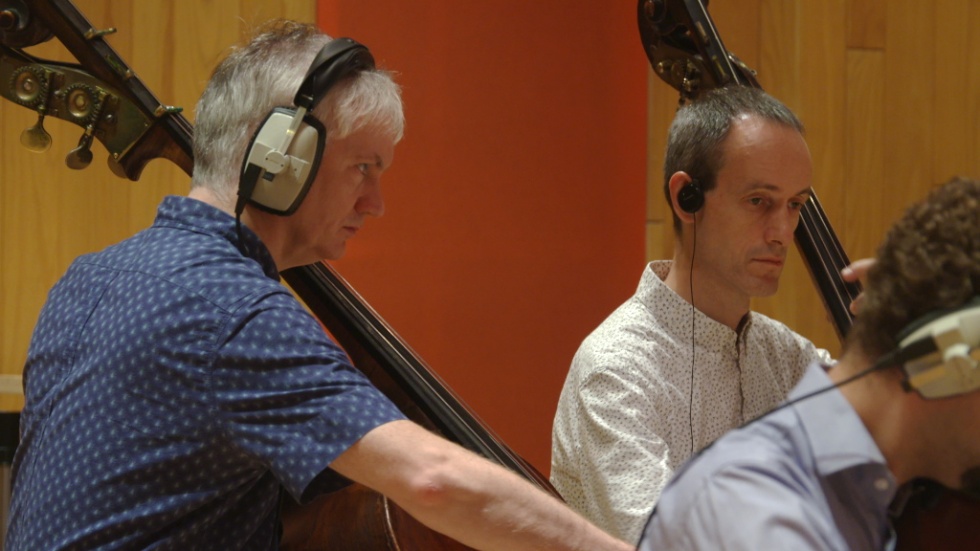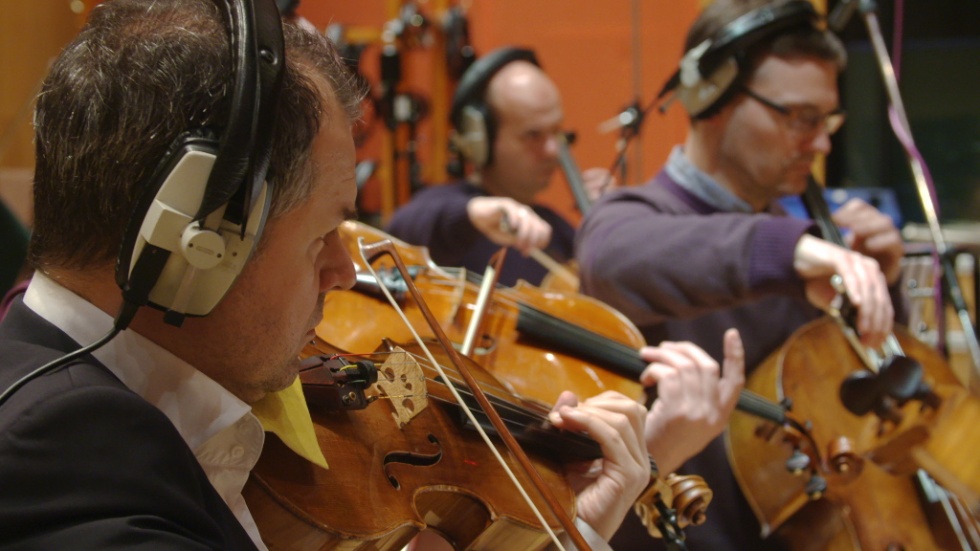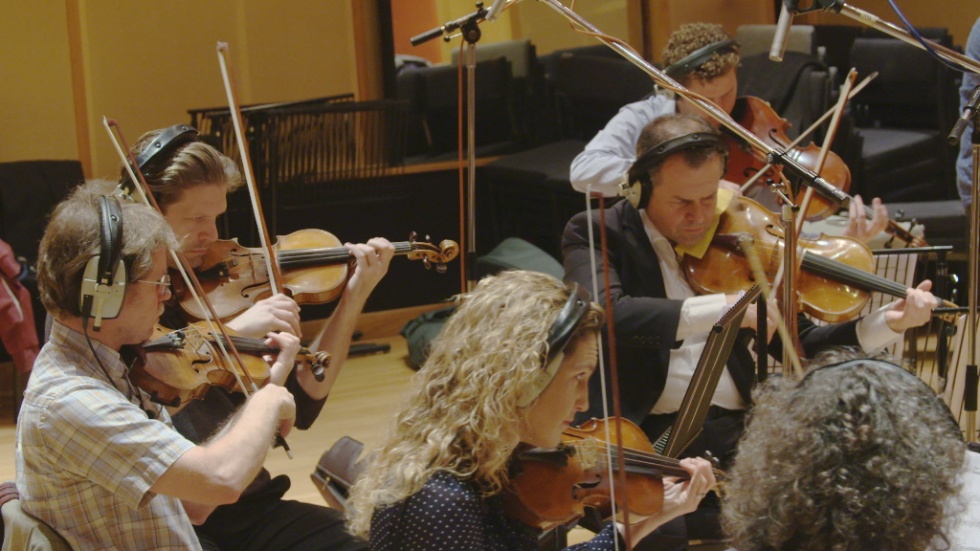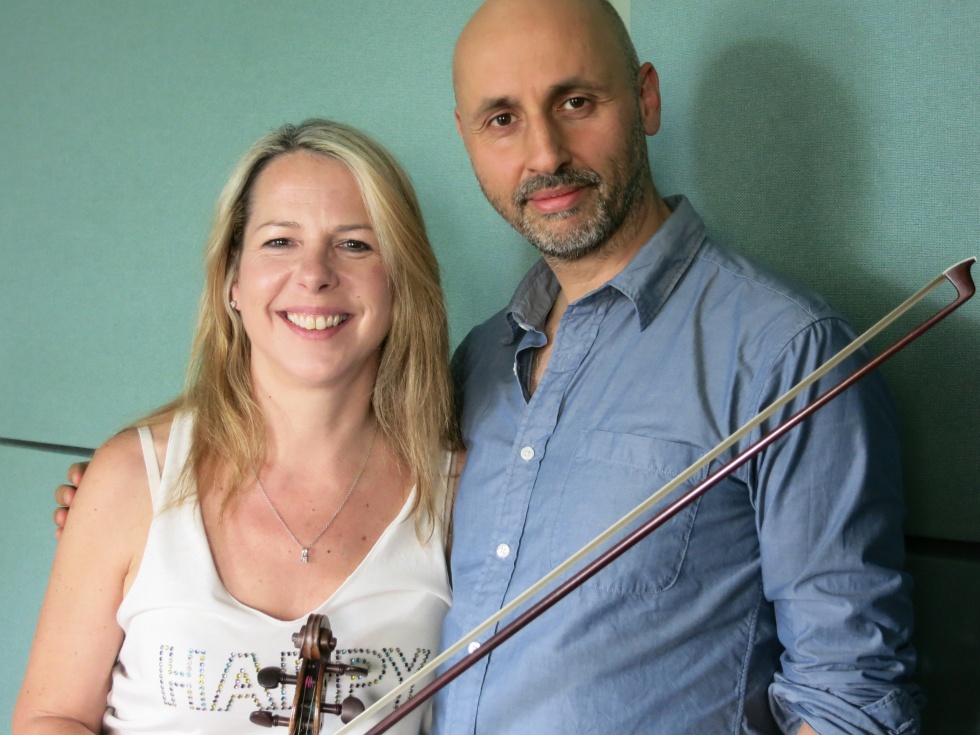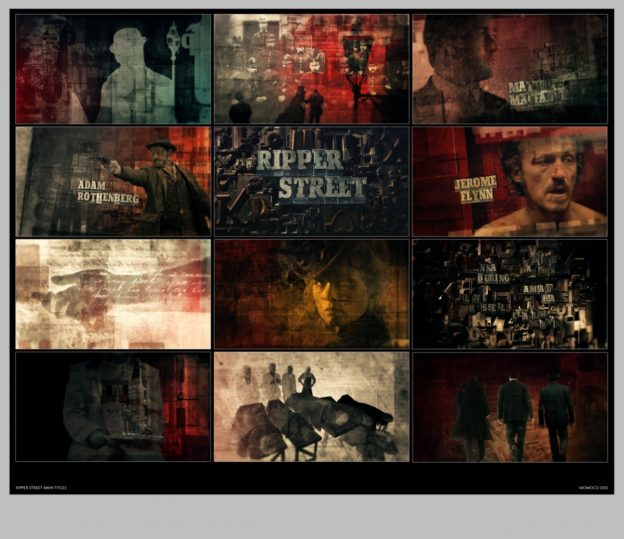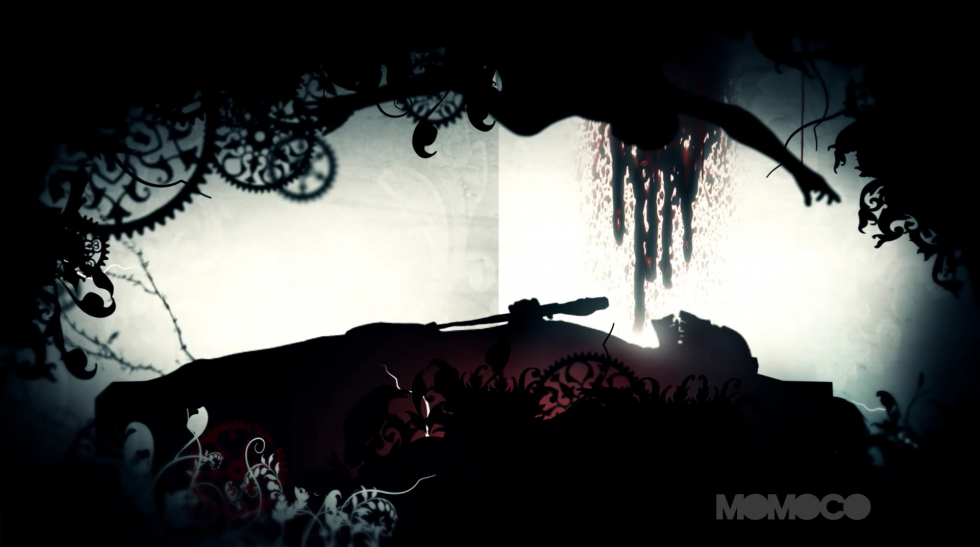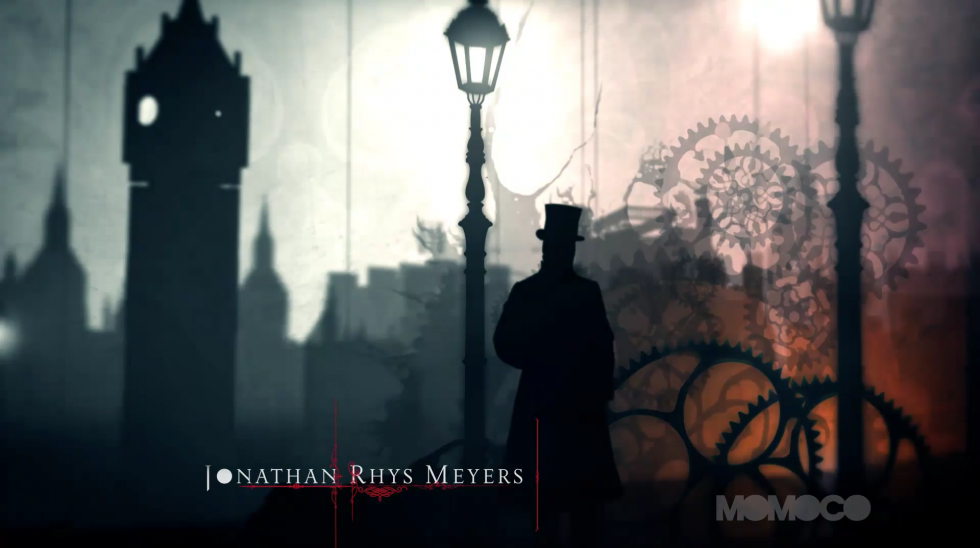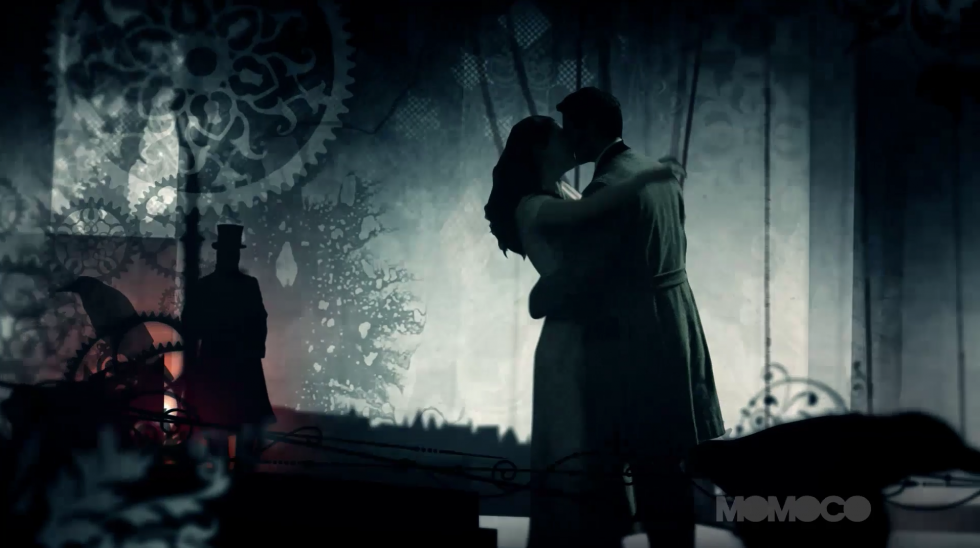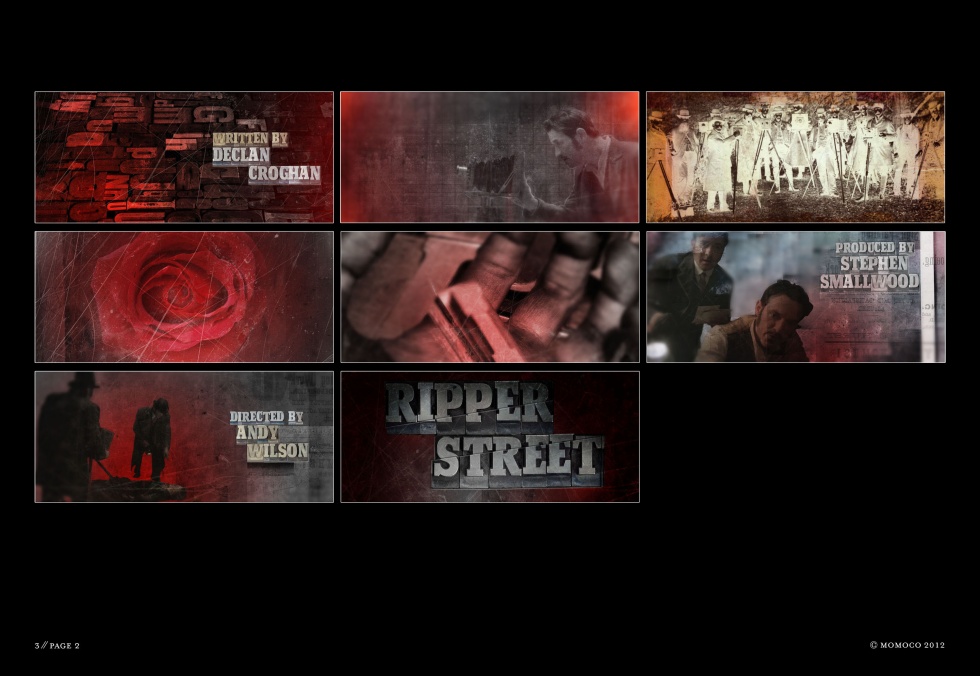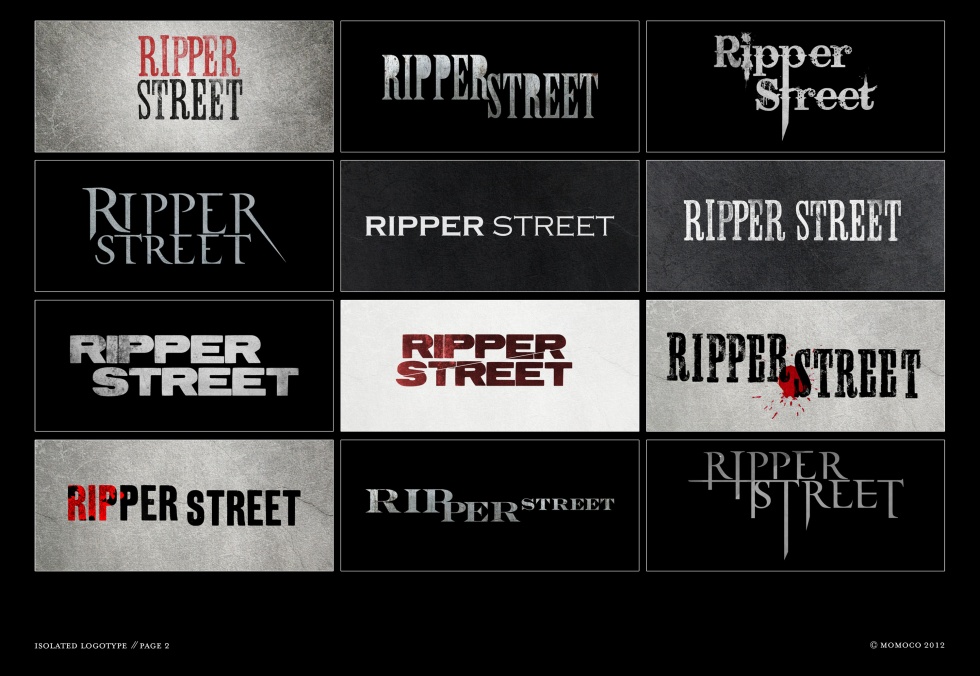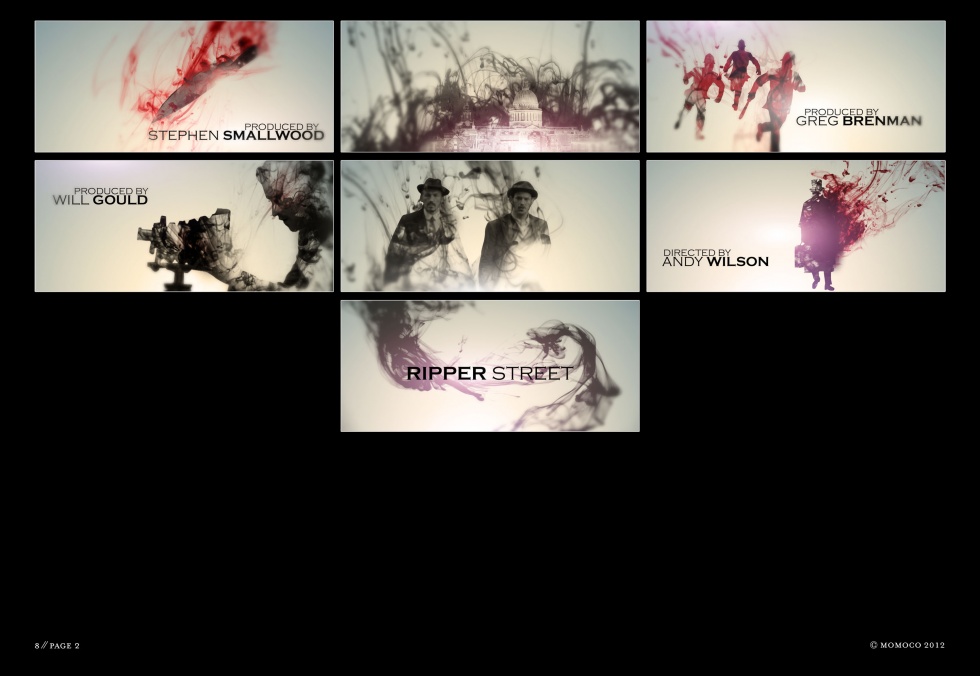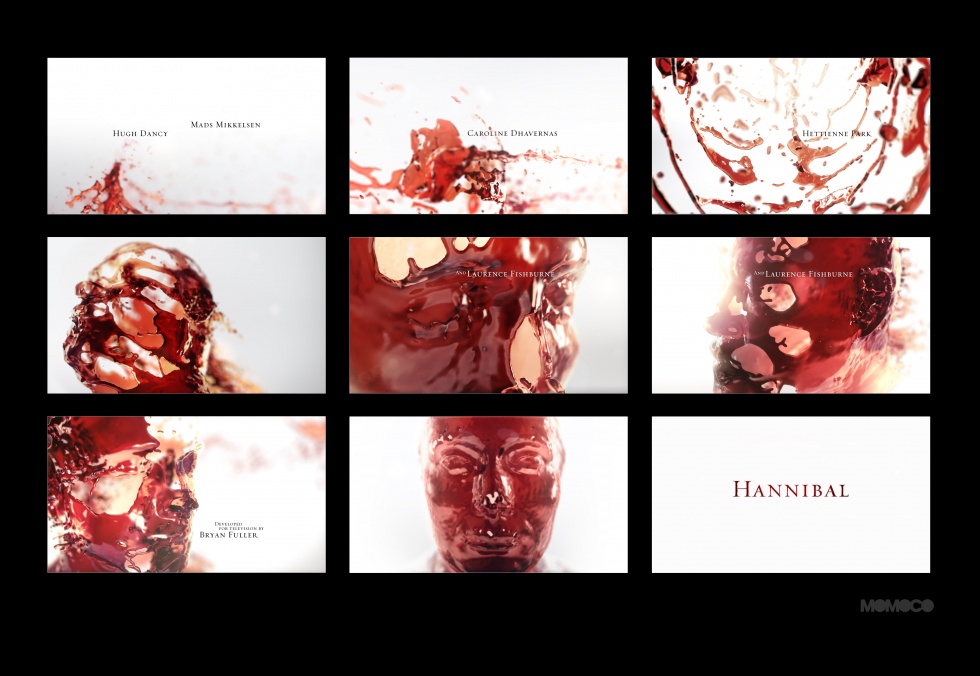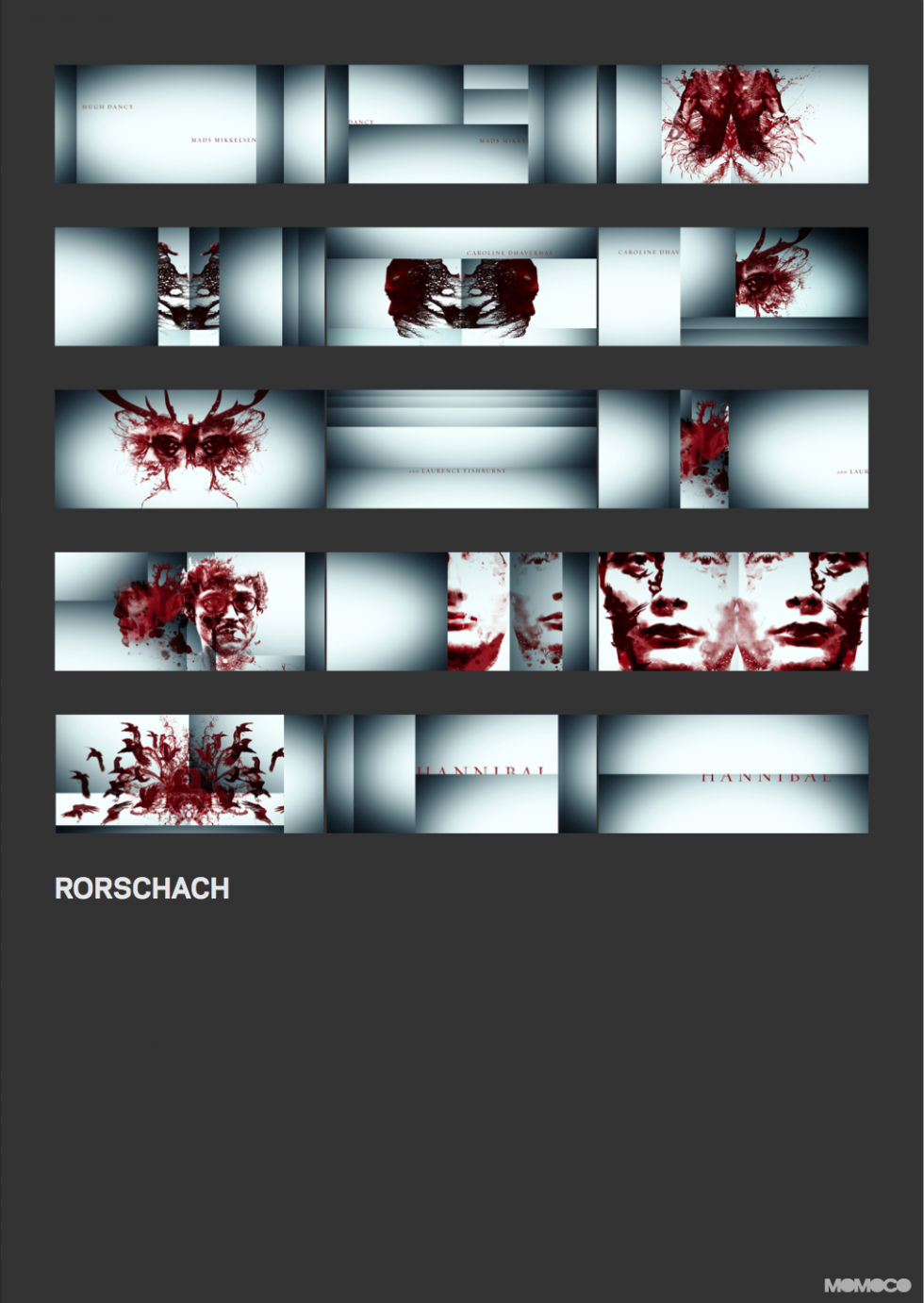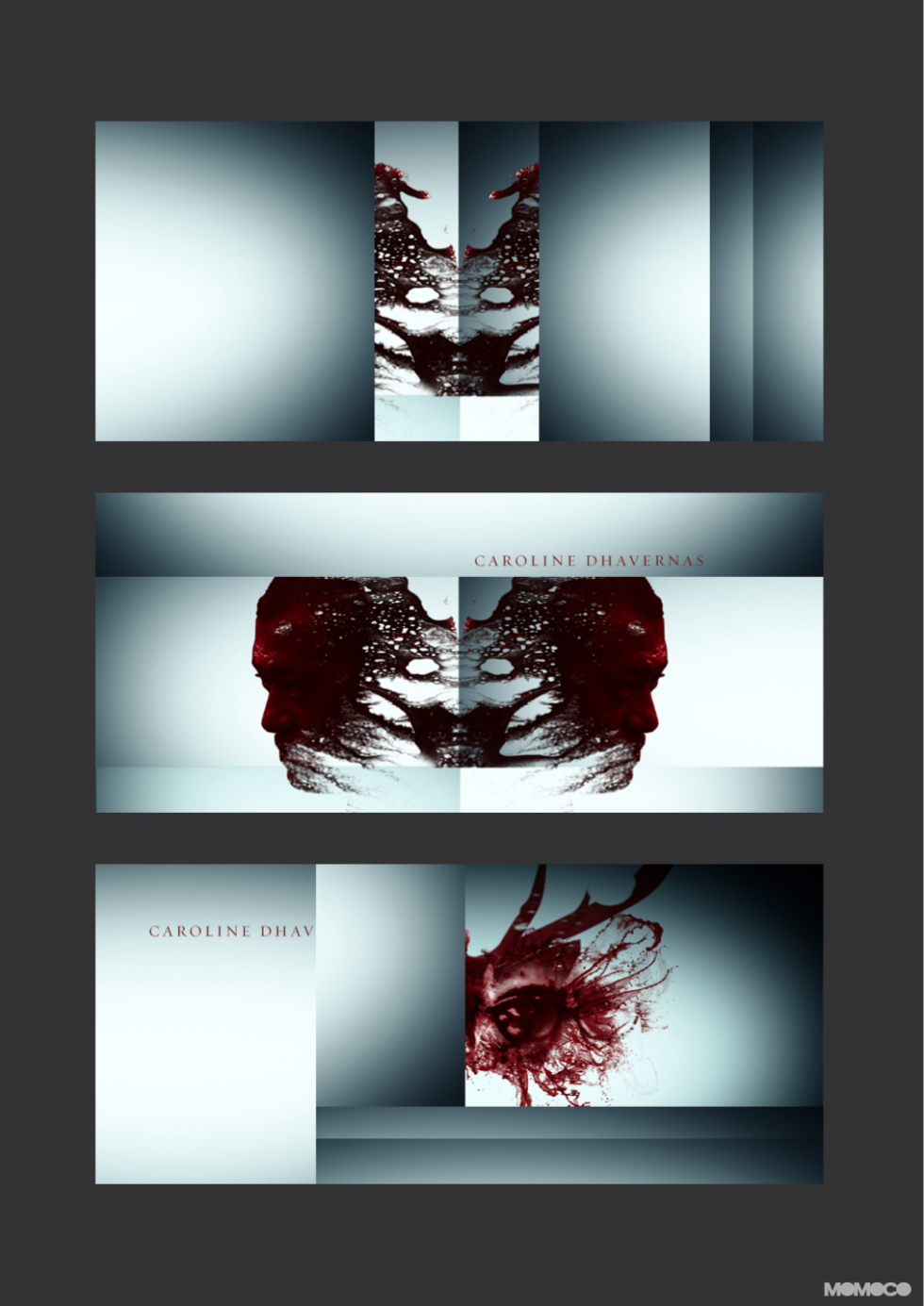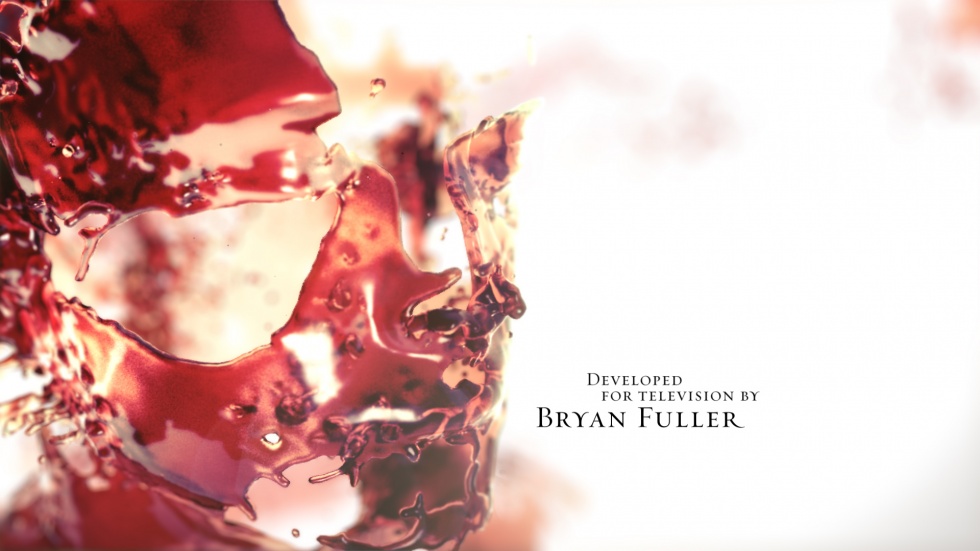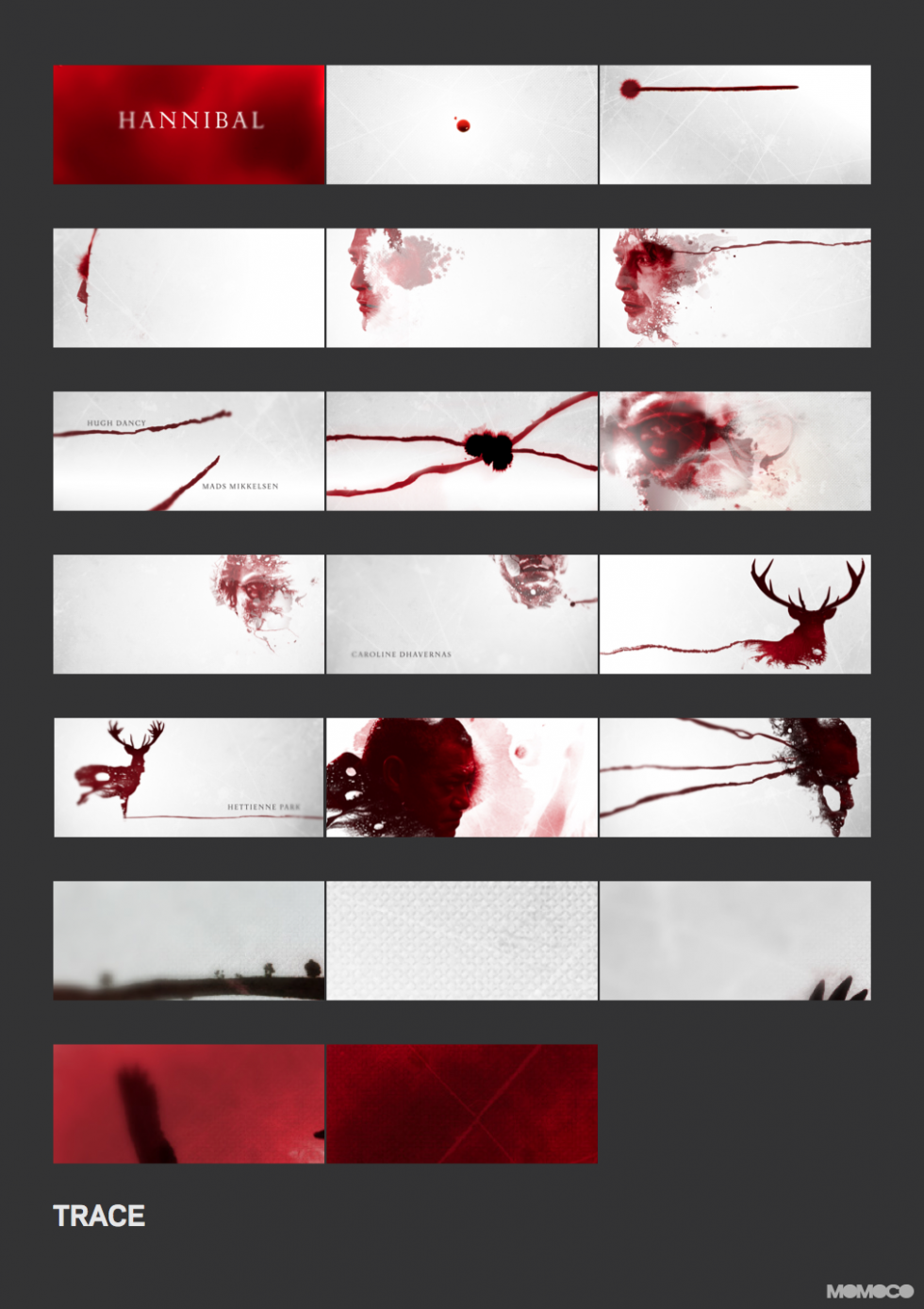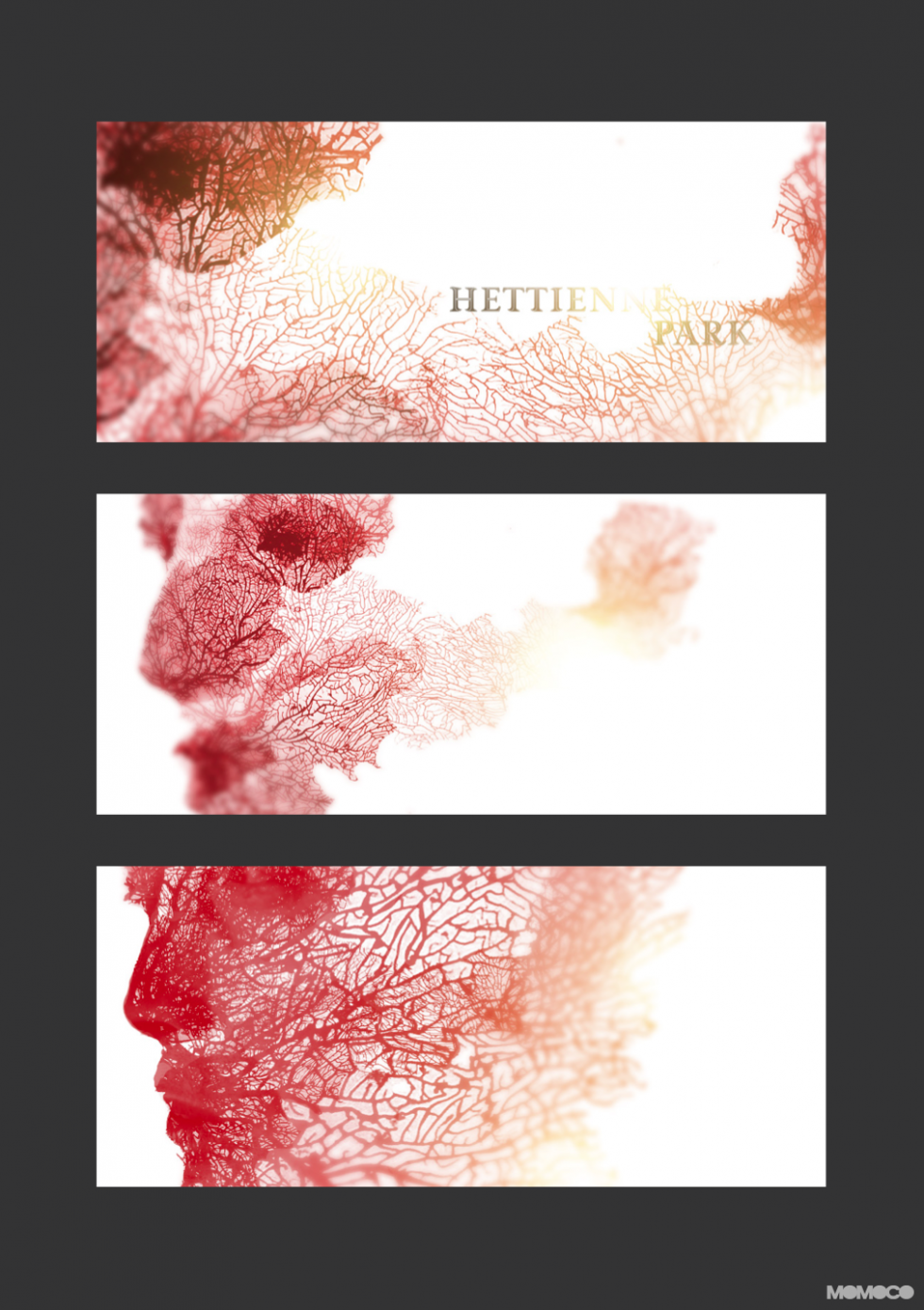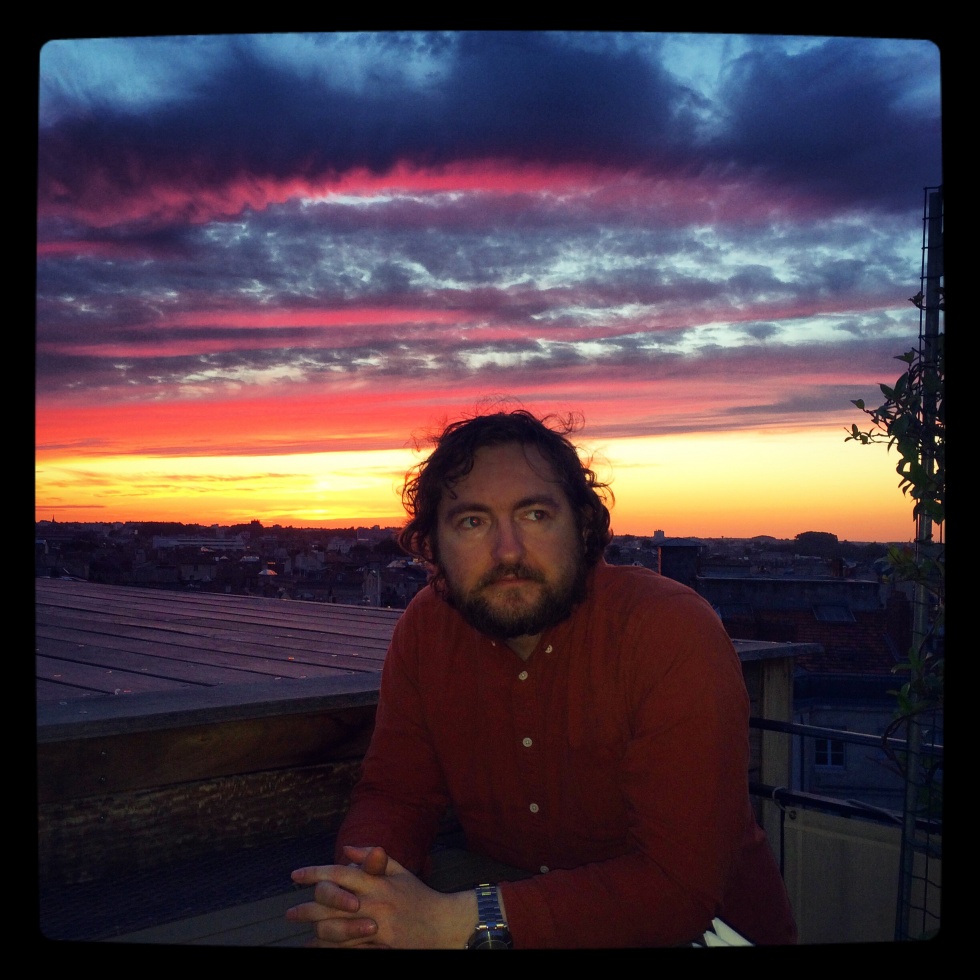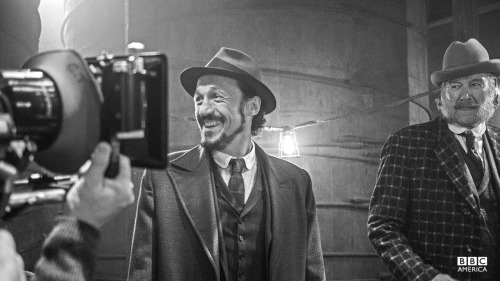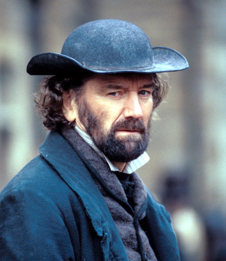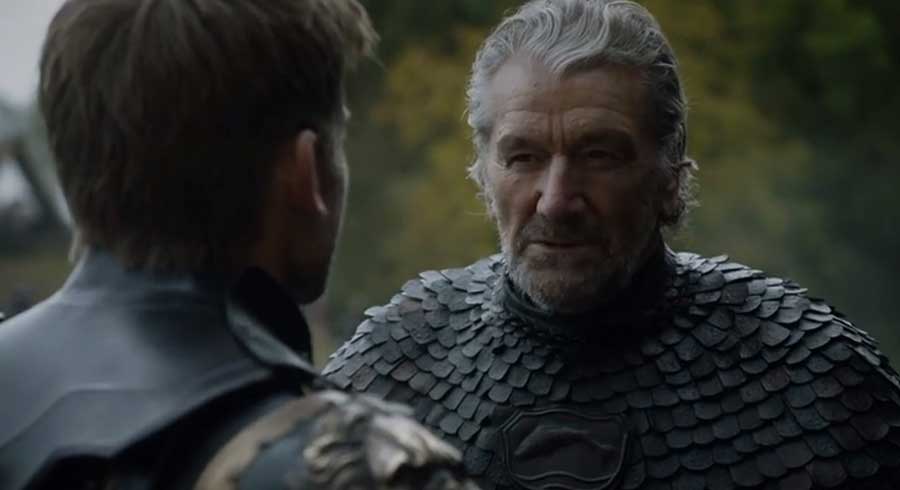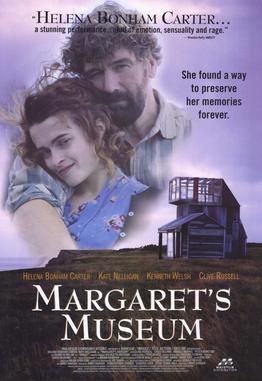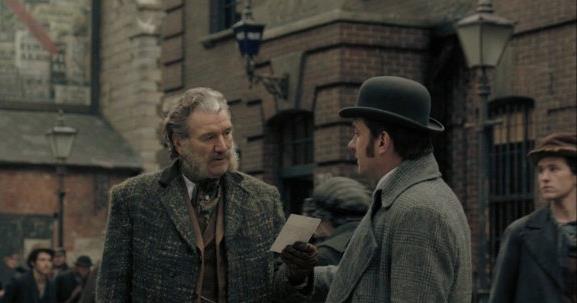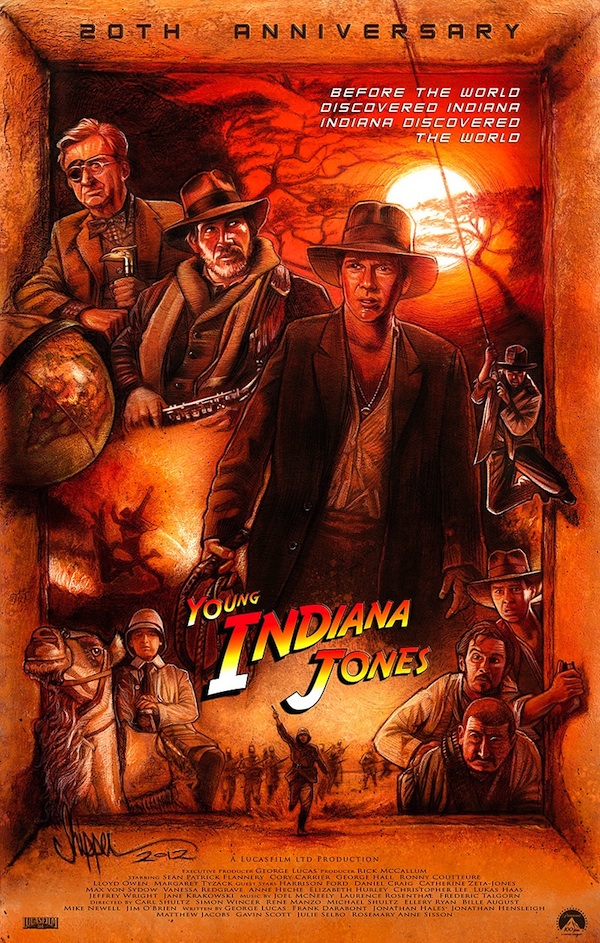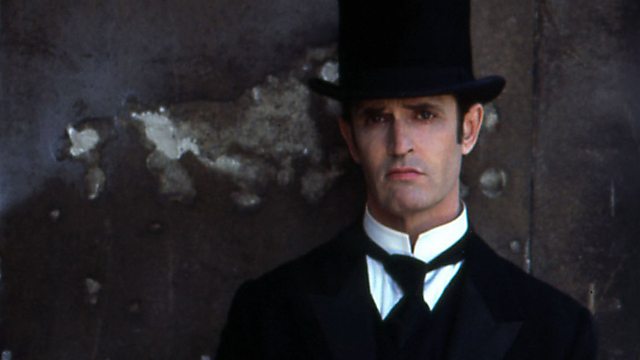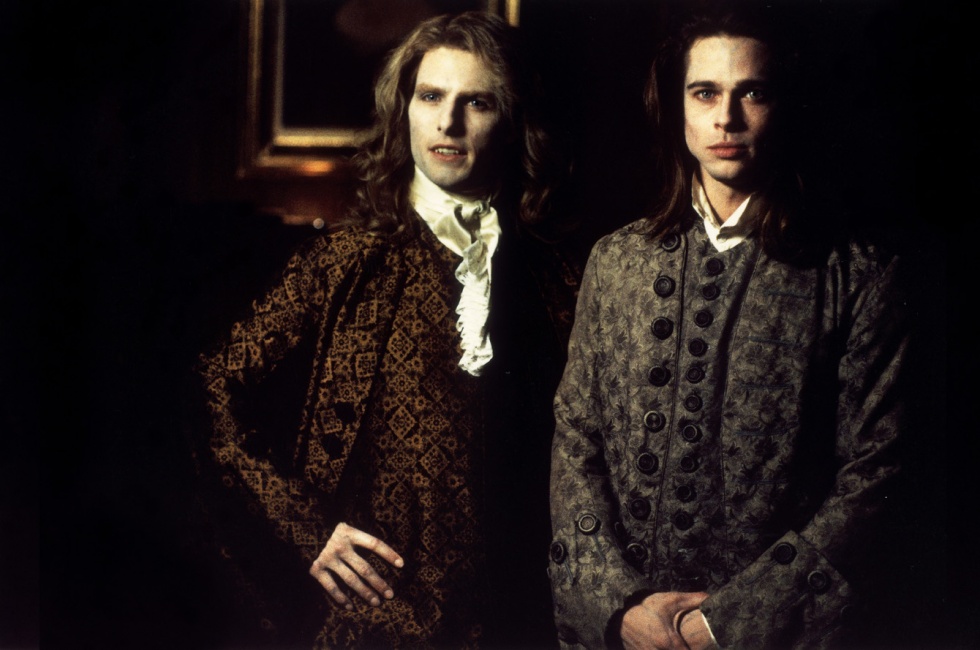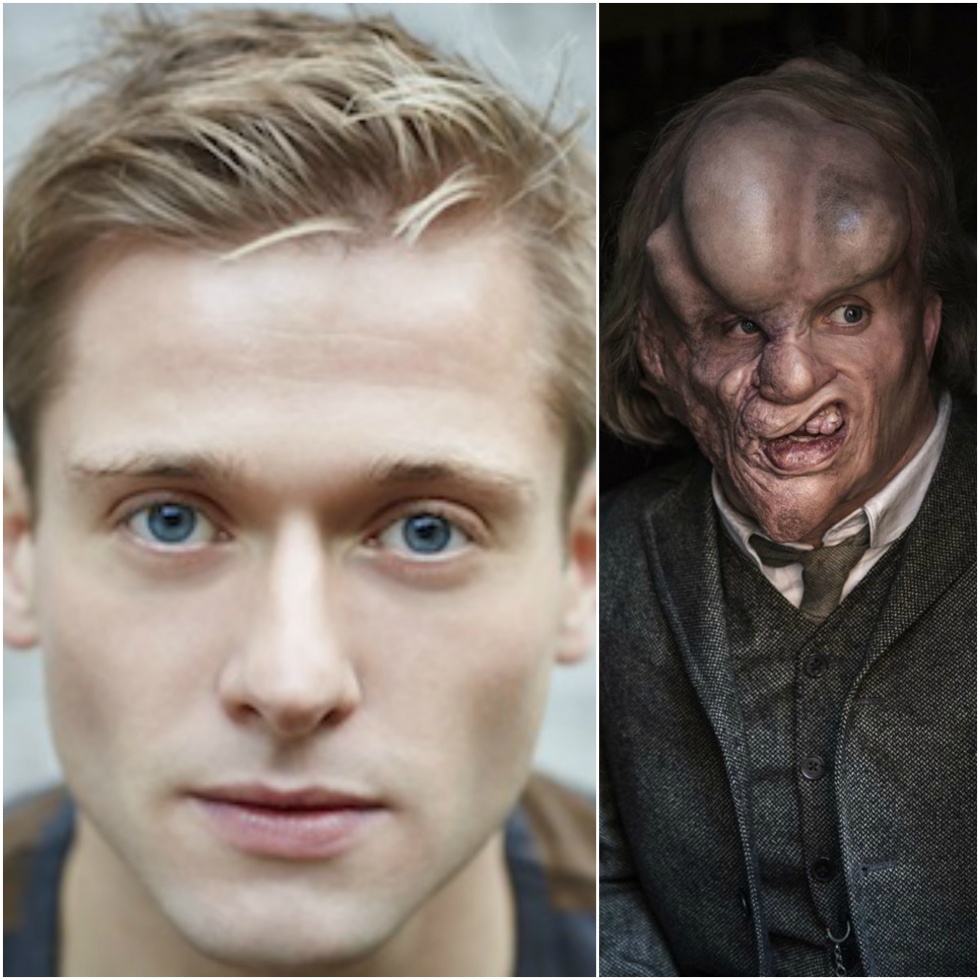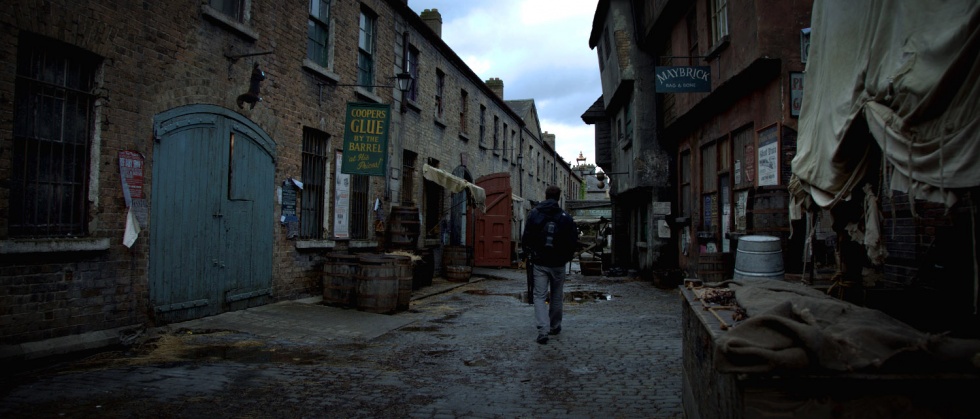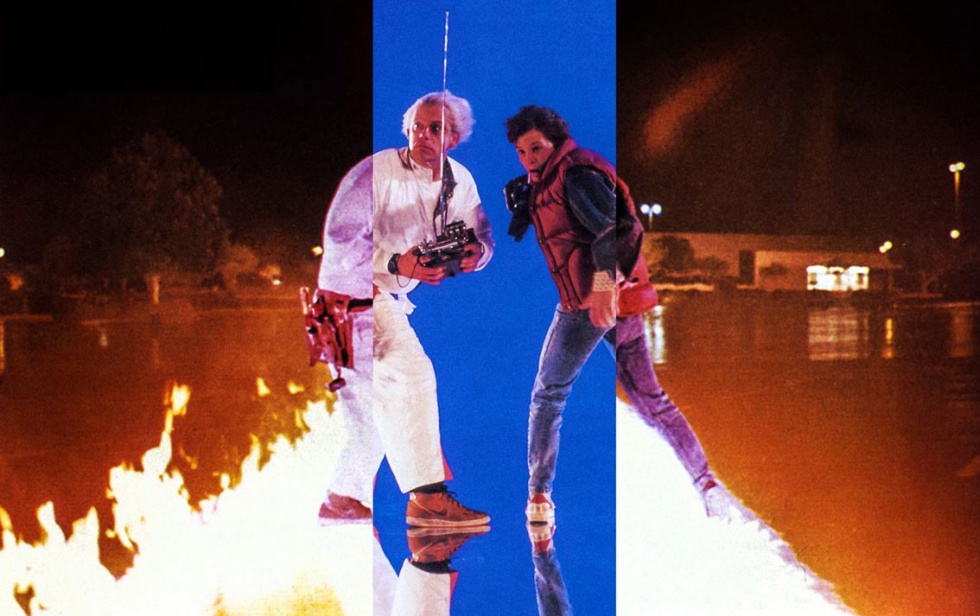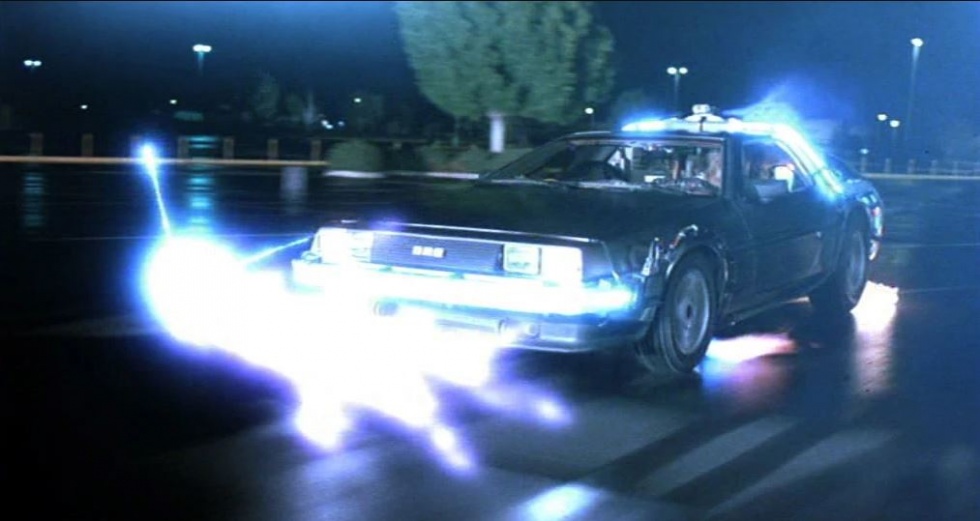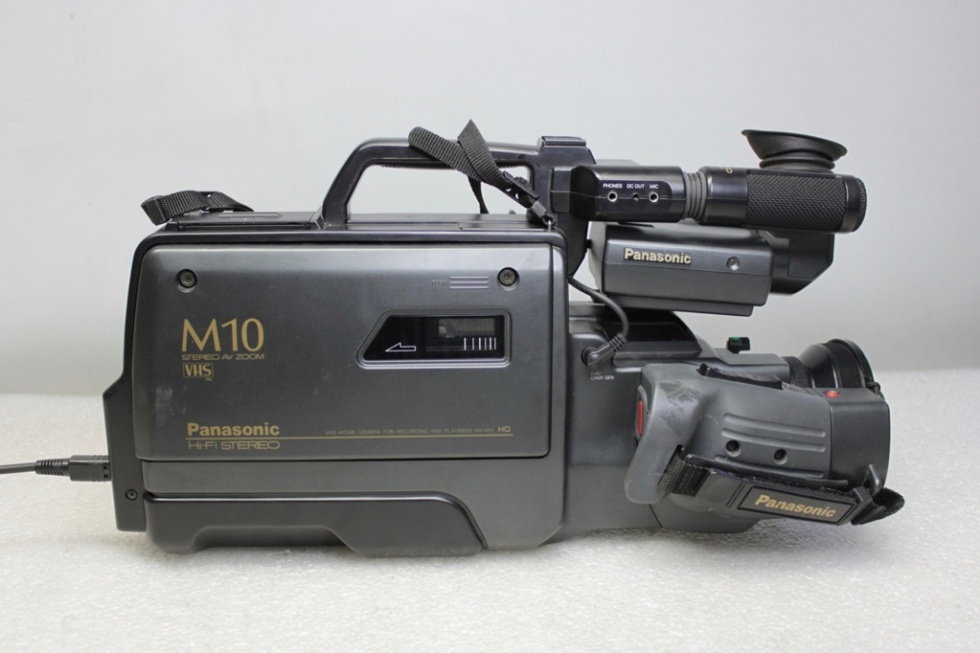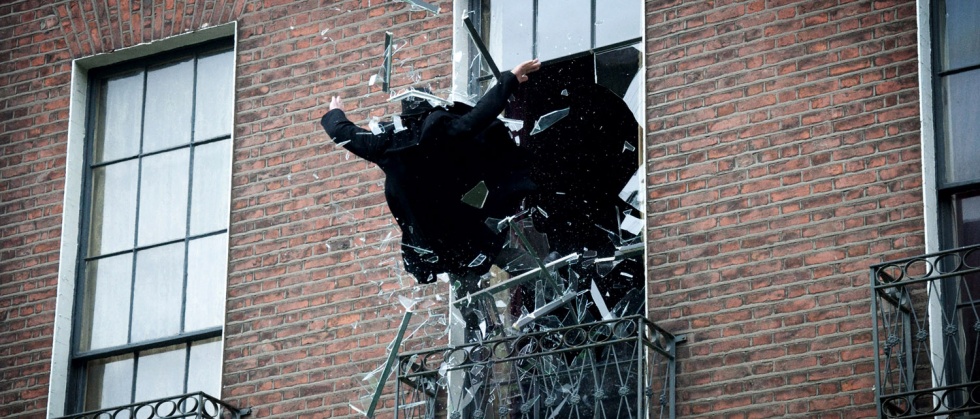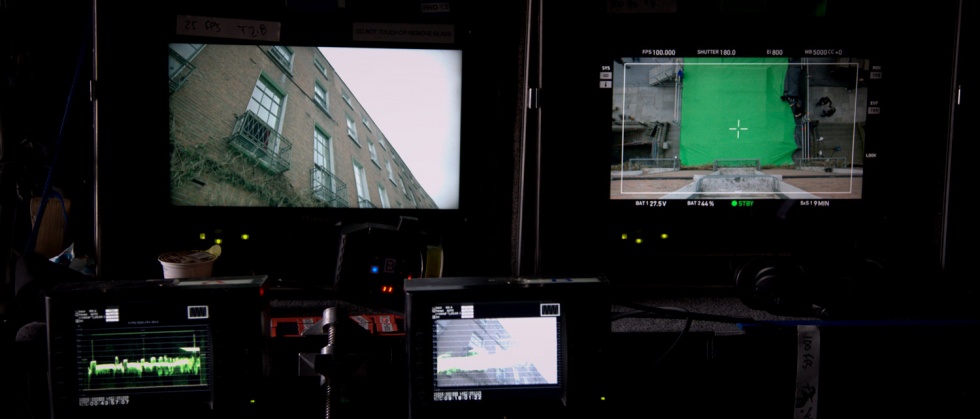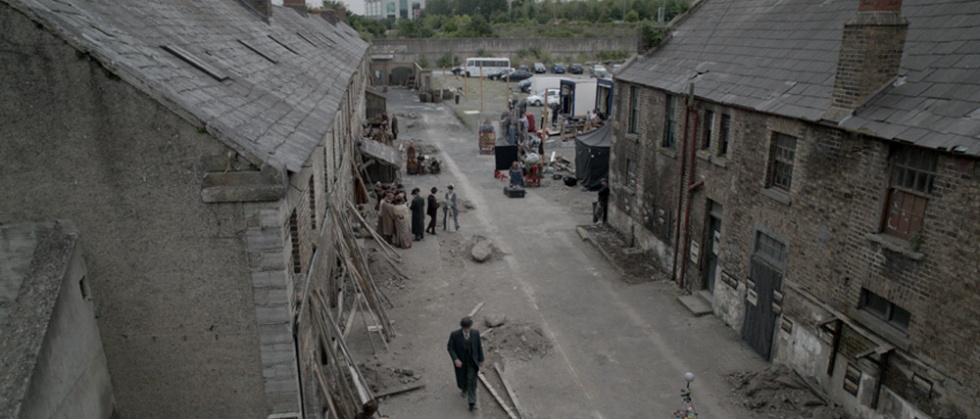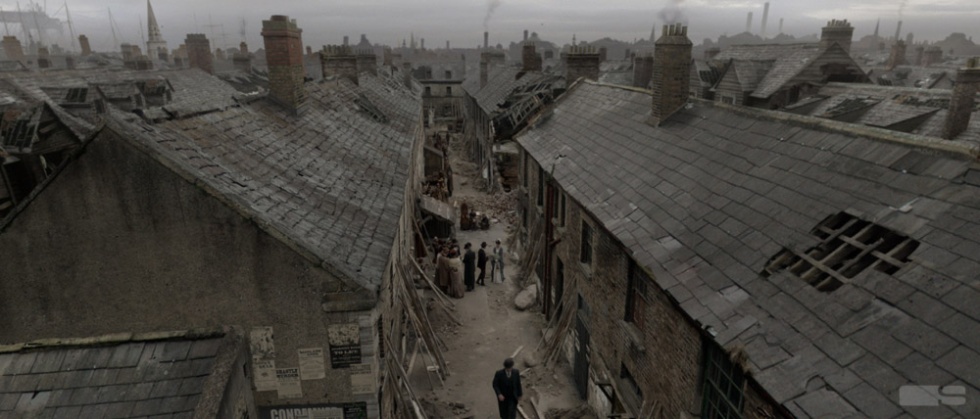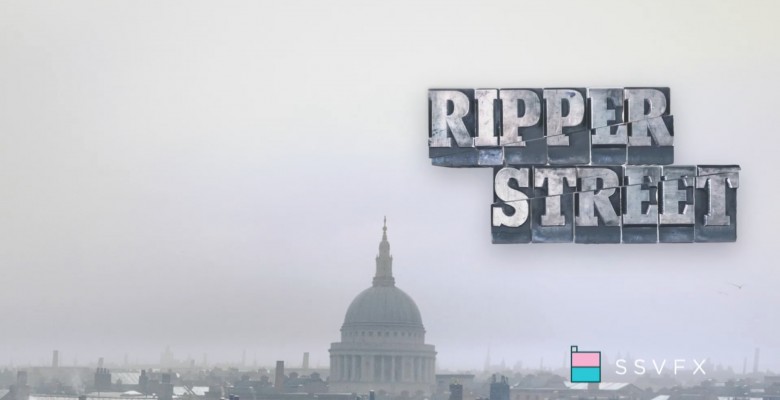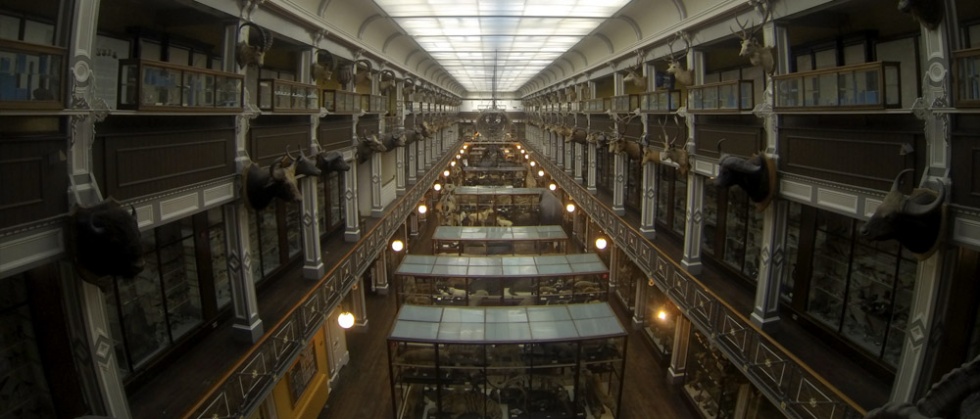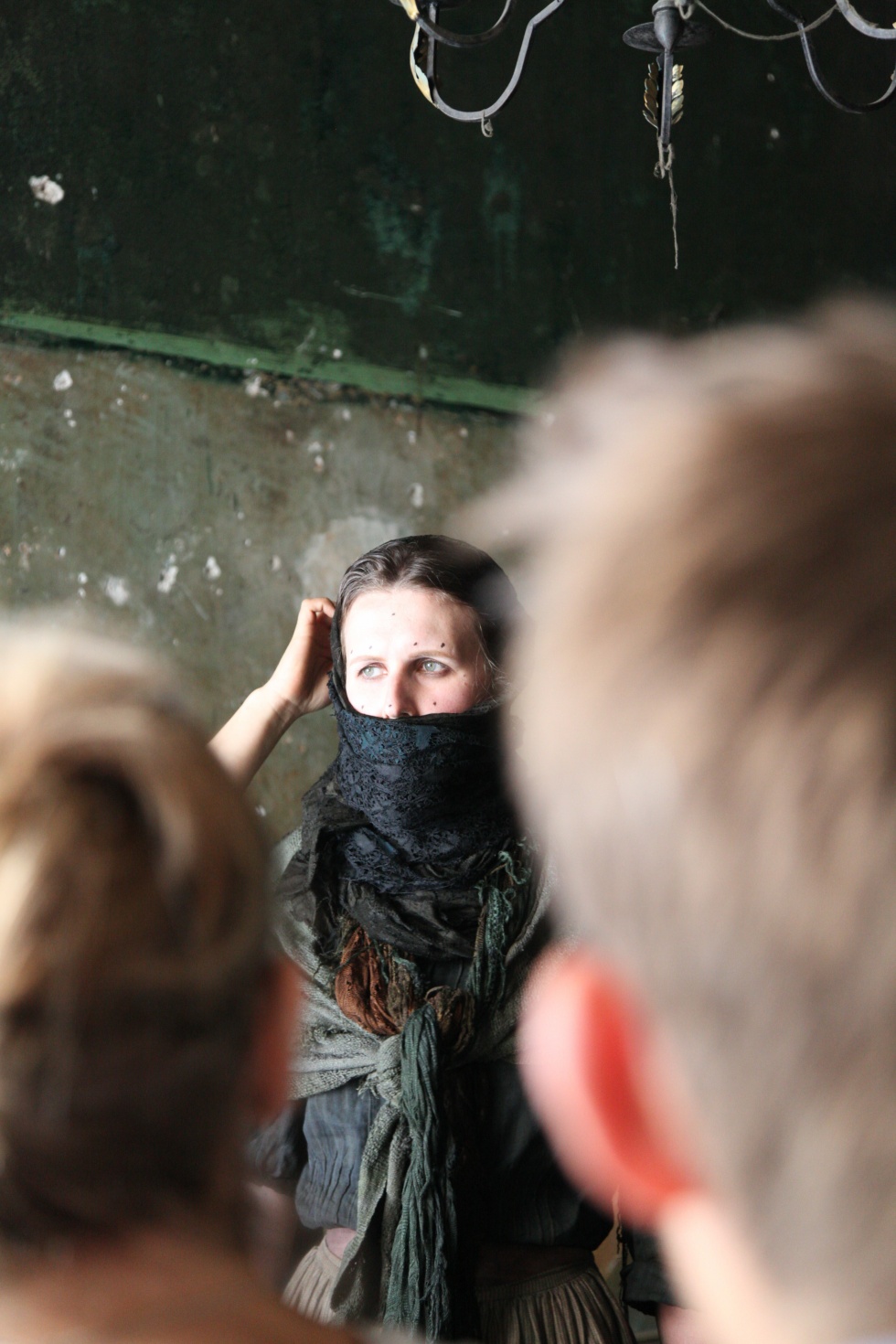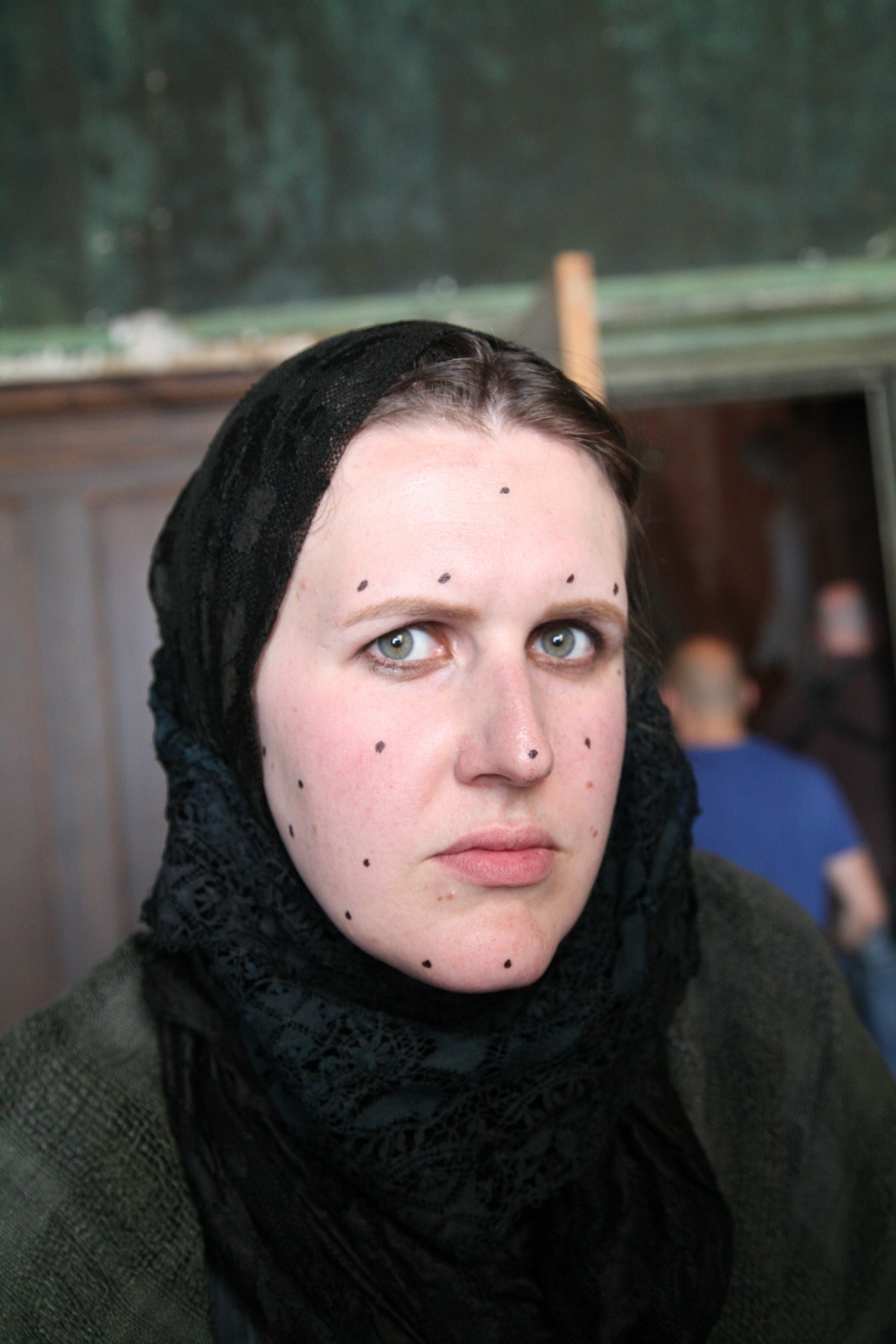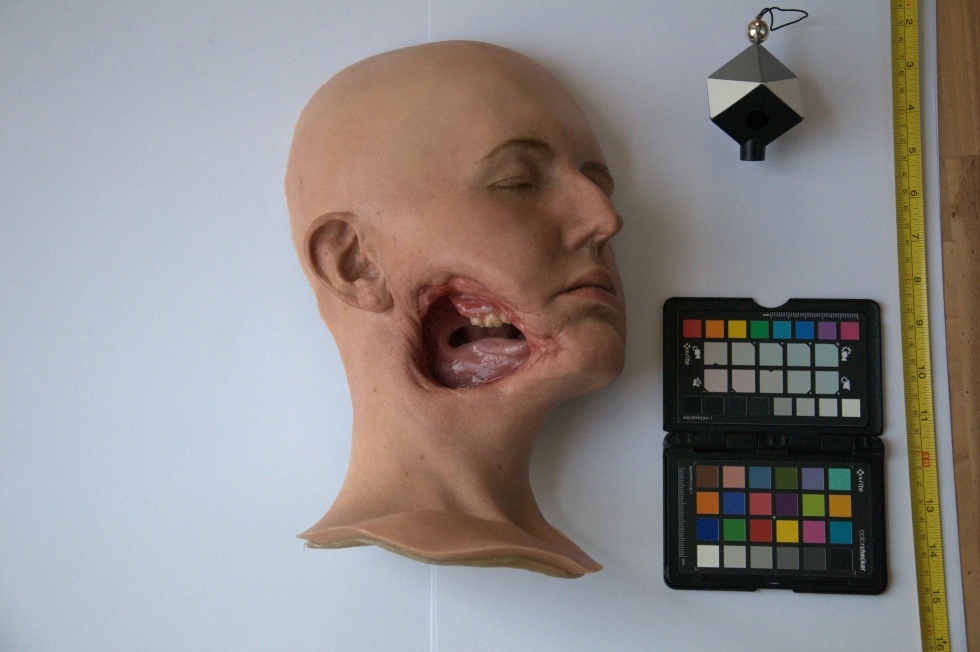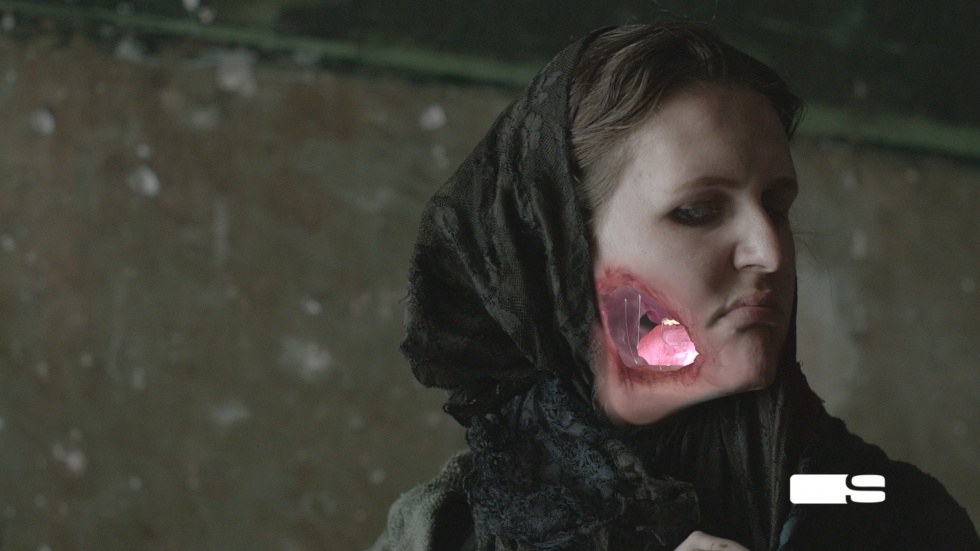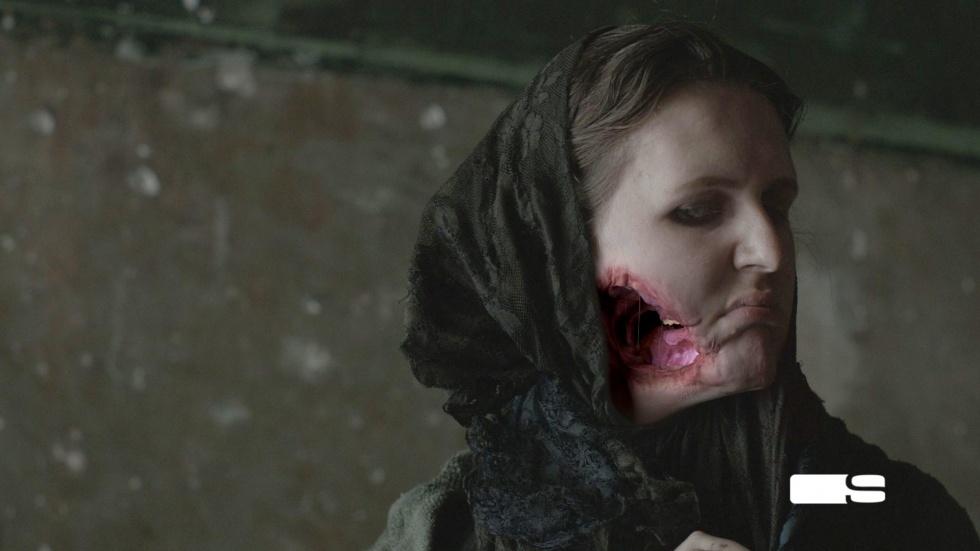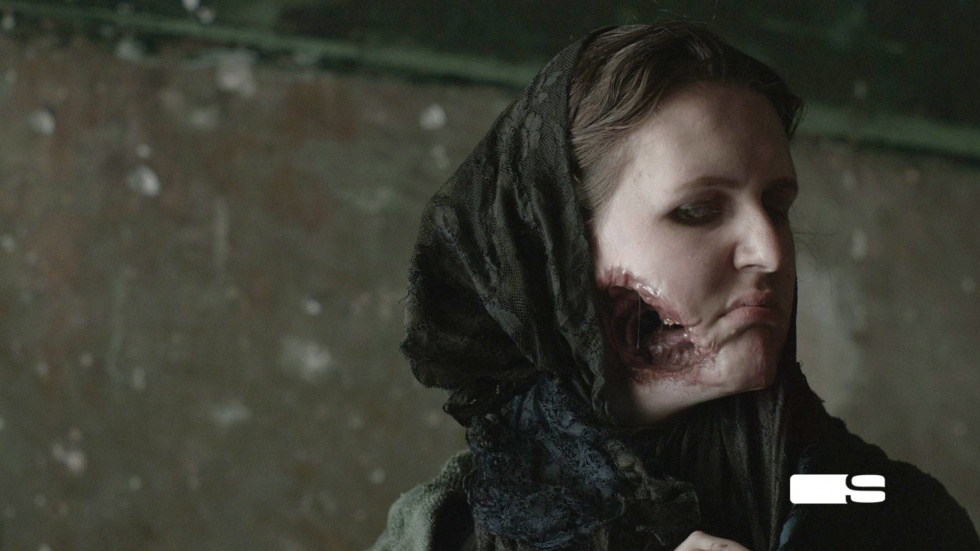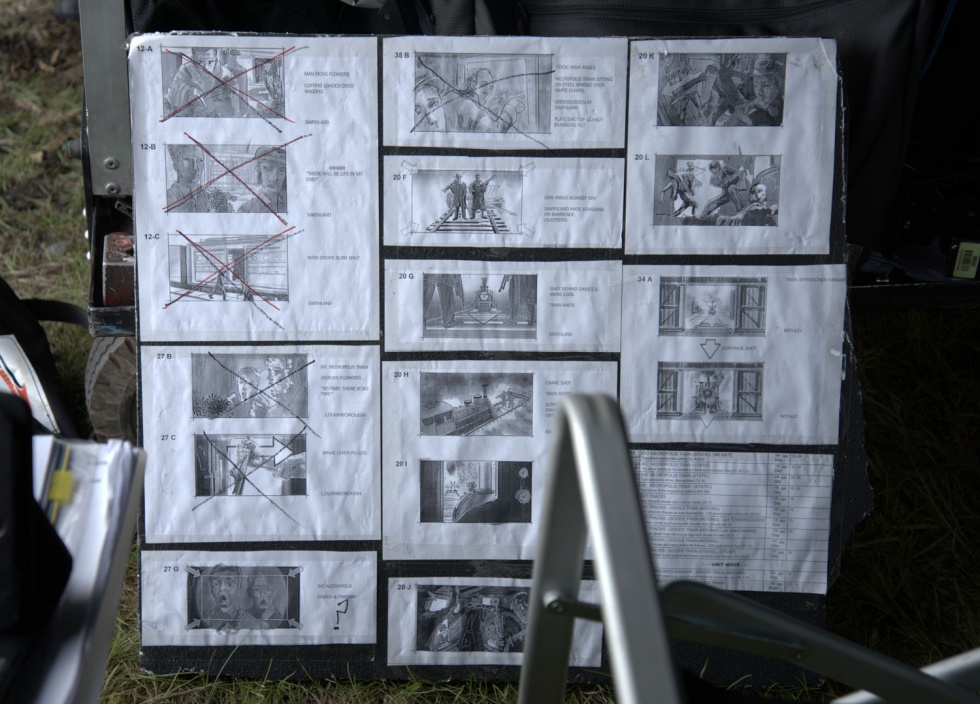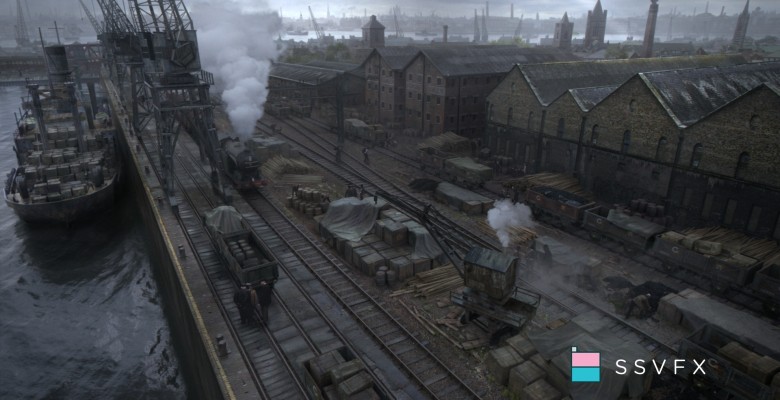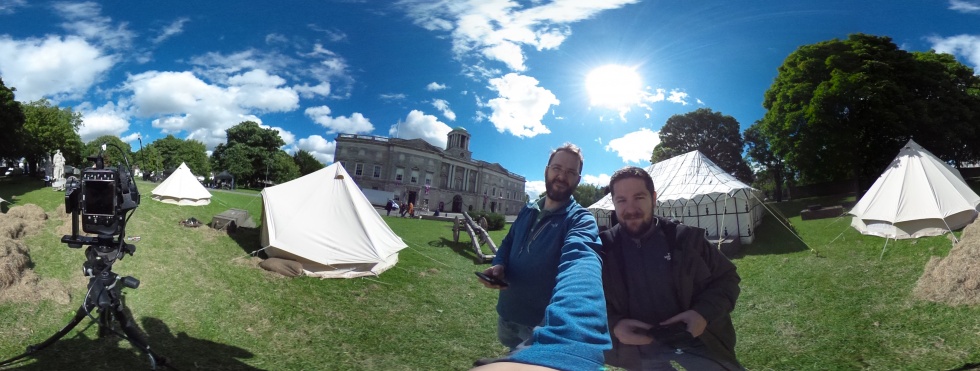PROLOGUE
From Burslem to Beaconsfield
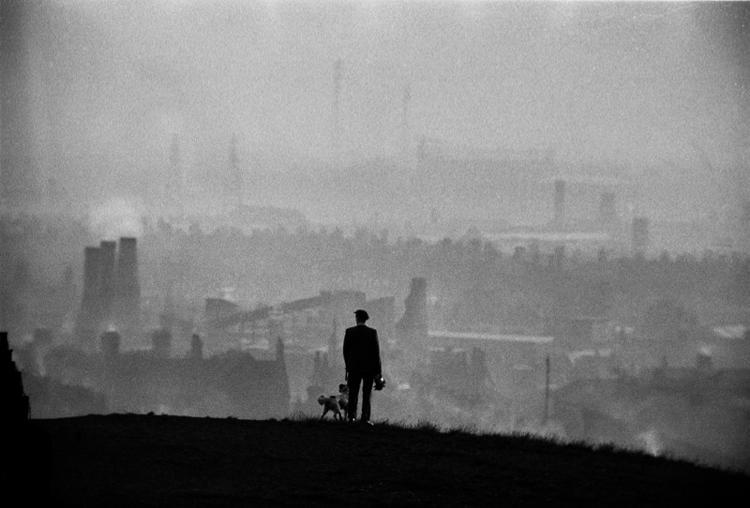 I’d always lived in and around Stoke-on-Trent while Kirstie resided in Uttoxeter. I wouldn’t say I’m a particularly proud “Stokie” but, and despite the occasional unflattering cultural references to Stoke in shows such as The Likely Lads and Steptoe and Son – not to mention Prince Philip’s alleged description of the city as ghastly, I don’t have a chip on my shoulder about it either. However, not long after we’d met while studying Media together at a college in neighbouring Burslem (or Bursley as Arnold Bennett renamed it in his Five Towns novels – some of you may recall the 1952 Alec Guinness film, The Card, based on a story by the author set and largely filmed on location in Burslem), she told me with no small measure of relish, and a slightly annoying air of superiority, that people like me in Stoke were generally known to people like her in Uttoxeter as “Chip eaters”. Well, I’d never heard of such a phrase before but later discovered the Urban Dictionary definition is as follows: ‘Common person, usually resident in one of the lesser-developed cities such as Liverpool who likes to eat chips for/with every meal’. Good “evans” – I hope this doesn’t mean everyone from Liverpool!
I’d always lived in and around Stoke-on-Trent while Kirstie resided in Uttoxeter. I wouldn’t say I’m a particularly proud “Stokie” but, and despite the occasional unflattering cultural references to Stoke in shows such as The Likely Lads and Steptoe and Son – not to mention Prince Philip’s alleged description of the city as ghastly, I don’t have a chip on my shoulder about it either. However, not long after we’d met while studying Media together at a college in neighbouring Burslem (or Bursley as Arnold Bennett renamed it in his Five Towns novels – some of you may recall the 1952 Alec Guinness film, The Card, based on a story by the author set and largely filmed on location in Burslem), she told me with no small measure of relish, and a slightly annoying air of superiority, that people like me in Stoke were generally known to people like her in Uttoxeter as “Chip eaters”. Well, I’d never heard of such a phrase before but later discovered the Urban Dictionary definition is as follows: ‘Common person, usually resident in one of the lesser-developed cities such as Liverpool who likes to eat chips for/with every meal’. Good “evans” – I hope this doesn’t mean everyone from Liverpool!
I protested that I didn’t even like chips that much, but as always – or at least more often than not, Kirstie was right and sure enough chips do seem to feature heavily in memories such as me, as a little boy, sitting on a wall eating a bag of chips in Llandudno (strangely enough, Alec Guinness’ character, Denry Machin, in The Card also enjoys holidays in Llandudno) with my Mum, Nan and two uncles who were more like older brothers since my Mum fell pregnant at a relatively young age. Two divorced and single cash-strapped Mums trying to raise us boys as best as they knew how but what marvellous stories they told us there including how Lewis Carroll (there’s a little Oxford connection while you wait patiently for me to get to the point) would visit the young Alice Liddell at her holiday home on Llandudno’s West Shore and, during those ‘happy ramblings’, saw a white rabbit hastily hopping along the beach which allegedly (it’s never been proven that Carroll ever even visited Llandudno and local historians continue to argue about it to this day) inspired that most wonderful of adventures.
Another happy memory, some years later and now almost a teenager, I met up with my Dad one Christmas Eve and he gave me a card with some money in it. I was rich!!! Well, at least for a few hours because I then went shopping and spent most of it that same afternoon buying horror videos from Woolworths. A new film on VHS usually cost £9.99 back then but you could get twice as many in the budget Cinema Club range at a bargain £4.99 such as old classics like Roger Corman’s The Fall of the House of Usher and the original Invasion of the Body Snatchers. Most, but not all of the money because I decided that for my very first independent visit to a restaurant, and I did feel ever so grown up, I would treat myself to the finest meal in town! So, there I sat alone and really rather pleased with myself, in the grand cafeteria of British Home Stores eating chips and beans surrounded by some delightful old ladies sucking cigarettes and slurping tea.
Today, and I promise to get to the point now, I couldn’t be further away from The Potteries or sadly neglected and now lost department stores because I’m in Beaconsfield at the headquarters of Team Endeavour hobnobbing with the cast and crew. But, as we shall see, not all that much has really changed and I’ve simply swapped delightful old ladies with delightful television-makers sucking cigarettes and slurping tea. However, I’m here specifically to meet with writer and executive producer, Russell Lewis, and to make a start on my annual batch of Endeavour interviews once more. It’s a cold Autumn morning and the penultimate day of filming. I haven’t met with Russ since one lovely summer’s day in 2016 so we have a lot of catching up to do and I have many questions to ask him regarding the making of series five as well as our usual analysis of films from the previous series.
Turns out that Russ has one or two questions of his own: what time does filming break for lunch? (about 12:45) and what’s on the menu? (Shepherd’s pie or vegetable burrito both served with various sides – including chips!). Now, I can’t have the Shepherd’s pie because I don’t eat meat and I’m not very adventurous with food so I ask what the vegetable burrito is all about. Wise and wonderful man that he is, Russ tells me it’s probably, rather than quite obviously, a Mexican wrap filled with vegetables but he says it in such a nice way so as not to make me feel stupid for asking such a ridiculous question. Russ actually goes for said vegetable burrito. Me? Well, remembering Kirstie’s remarks all those years ago, I certainly don’t want to appear to be a “common person” in such esteemed company and as we stand in line watching Roger Allam walk away with his Shepherd’s pie and Anton Lesser just a few feet in front of us in the queue (he also has Shepherd’s pie – I don’t know where Shaun Evans has gone but perhaps, like Endeavour, he doesn’t eat all that much) I consider following in the footsteps of my mentor, but no, I stay true to myself -an unadventurous vegetarian who doesn’t particularly like vegetables- and stick to what I know; I do, of course, simply have chips.
And, as Russ and I sit here talking about Endeavour, canteen food, and childhood trips to Woolworths, I smile and wish she was here to share this little moment with me because Kirstie was right after all and I know that this will prove to be another happy memory…
…served with chips!
DAMIAN: Do you wish you’d have had Shepherd’s pie or are you happy with the vegetable burrito?
RUSS: I like to live on the culinary edge.
DAMIAN: There’s something comforting about canteen food isn’t there?
RUSS: Yes – I’ve always had a weakness for it. Not that I’d compare the fare magicked daily by the battalion of chefs de cuisine in our field kitchen to canteen grub. One of the things I’ll most miss due to the cultural vandalism visited upon BBCTVC at White City is its sundry canteens. There was a lovely one at ATV Birmingham Studios in Broad Street – back in the day. And also at Elstree – now home to Walford Square – when it was an ATV base. (You’ll recognise it as Harlington-Straker Studios in Gerry Anderson’s UFO.)
Long term guests of Her Majesty might disagree, but there is something comforting in communal eating.
DAMIAN: What restaurants and shops do you remember from your childhood – are they similar to my favourite haunts such as BHS and Woolworths or are they a bit more posh like Burridges?
RUSS: Posh? Sarf London? I suppose Arding & Hobbs up the Junction had a certain piss-elegance. It was probably the prototype for Burridges – in my fever dreamscape. Palaces of wonder and delight. Wooden stepped escalators. Lifts that still boasted lift operators. But I’m aware of dark corners also. A sense that behind the public façade there was a backstage, backstairs world. Unsettling, and vaguely malevolent. Department stores after lights out…
We did have a Woolies, of course. Pick ‘n’ Mix. A coin-operated launderette at the top of the road. And on the other side of the street, there was an ironmongers cum haberdashers called Cato’s (One for the classicists. And Pink Panther fans) that hung its wares around the doorway.
A supermarket that probably inspired Richardson’s called ‘Frosts’ – which, thinking about it now, gives me a shiver. The strange associations a child’s mind makes – with the limited information available to it – had tied it into ‘Jack Frost’; a faintly demonic figure in my imagination… ‘Wrap up warm or Jack Frost will get you.’
Toyshops, of course, loom large in memory. I’m surprised they haven’t turned up yet. Russ’s on Battersea Rise was the favourite. More of a model shop. This was where I got most of the Aurora ‘Glow in the Dark’ Universal Monster kits from – which you’ll recall feature a bit in Salem’s Lot. Sun blanched Airfix mornings. The faintly orange tang of a certain brand of model glue. Jumpers for goalposts…
Otherwise, I remember when this was all fields.
DAMIAN: There’s a reference to buying records from Woolworths in the second film of series four which obviously resonated and made me think back to the first singles I purchased from there as a kid such as Diana Ross’ Chain Reaction, Bobby Vinton’s Blue Velvet (the David Lynch film had just been released) and, erm, I’m ashamed to admit, Anita Dobson’s Anyone Can Fall in Love. I was only eleven at the time but I must confess to having an enormous crush on Angie Watts. Do you remember the first records you bought as a kid?
RUSS: I remember Lily the Pink by The Scaffold being the first 45 in the house. LP-wise it was Sparky’s Magic Piano, and Sparky & the Talking Train. Magic Piano probably explains a lot. It’s deeply disturbing. An anxiety dream committed to vinyl.
Mostly it was family 78s – though. Played on the radiogram. Tennessee Ernie Williams. Slim Whitman. Eddie Calvert. Rosemary Clooney. Frankie Laine. Doris Day. Kathy Kirby maybe. Much fun to be had for a kid in playing them at the wrong speed.
I think I might have had to explain to [Helen] Ziegler [producer] about 78s. How to feel old, Part.1318.
At some point I acquired ‘Back Home’ by the 1970 England World Cup Squad. But the first record I bought – a double LP – unsurprisingly, was The James Bond 10th Anniversary Collection. A selection of John Barry cues from the first seven Bond movies. I got it from Readings For Records on Lavender Hill. And it cost the princely and unimaginable sum of £3.65.
Before that the only other LP in the house was Hits ’68 – a knock-off of the year’s hits by the unoriginal artists. A lunatic collection of covers — ‘Don’t Stop the Carnival’ by Alan Price sitting cheek by jowl with ‘Cinderella, Rockefeller’. And, of course, ‘Congratulations’ – our Eurovision entry. There’s a Tom Jones hit on there too – which stood me in good stead for this year’s adventures.
Dear Diary…
DAMIAN: In addition to reminding us of happy afternoons in Woolworths, you’ve recreated a wonderful, bygone age and your scripts are full of nostalgia that viewers of your generation, and even people like myself born a decade or so later, will recognise with references to things like post-swim kids clutching cups of hot Bovril, women reading ‘Titbits’ magazine, men drinking Double Diamond, the tin bath in front of the fireplace, the “Necessary” at the bottom of the yard, back parlours kept for “best” and marvelling at a colour television for the first time – quite lifelike! To what extent is all this an evocation of your own family experiences and childhood?
RUSS: Well – due to family circs – I’m part of a demographic raised by people of a generation at one remove from one’s birth parents. People who remembered the Titanic going down, the Great War, and – as I’ve mentioned before – the man who was good enough to give me a surname, did his tin-hatted bit in the ‘second go-round.’ So – through them – all that was very present and incredibly vivid as I was growing up. The hoary old joke I’m given to trotting out is that I didn’t know the war was over until I was twelve. An exaggeration – but not by much.
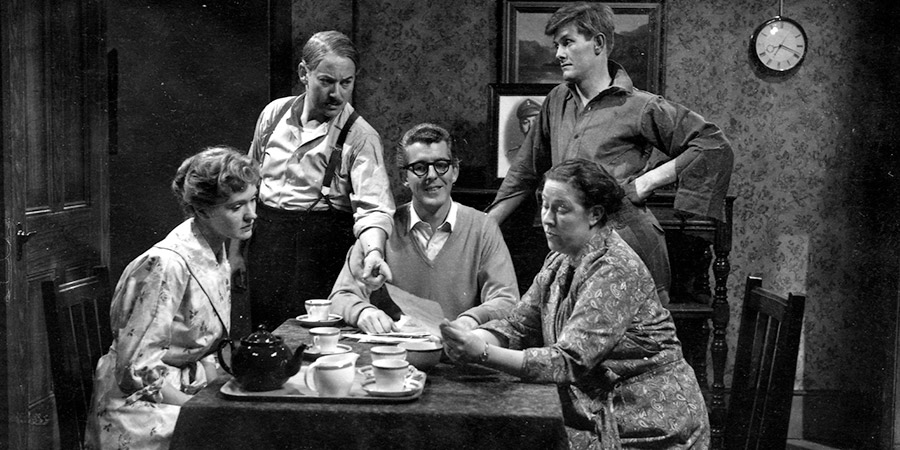
The Larkins (TV series 1958-64)
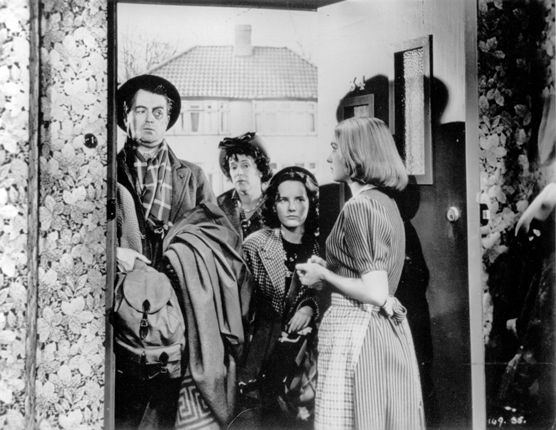
Here Come the Huggetts (1948 film)
DAMIAN: I think it was in one of our first interviews that I made the observation that series one was all about family. However, since then, I now realise that this goes much deeper as the series progresses. As we know, and in the absence of a loving family of his own, Endeavour finds solace in the Thursday family of Fred, Win, Joan and Sam. Additionally, we also witness his professional family of Bright, Strange, Max, Trewlove and Dorothea. Very sadly, you seem hellbent on ripping all this apart don’t you?
RUSS: Things change. I think if we’d frozen the Thursdays in aspic, and turned them into an Oxford version of The Larkins, or Here Come the Huggetts, that it would have been dishonest. The social change convulsing the rest of country had to affect them. Joan and Sam had to grow, and find their own way. And the same with Endeavour’s colleagues. Nothing lasts…
 THE DARK PASSENGER
THE DARK PASSENGER
AN EXCLUSIVE ENDEAVOUR INTERVIEW WITH RUSSELL LEWIS
PART I: GAME
Interview copyright © Damian Michael Barcroft 2018
With thanks to Darcy Sarto, Katie Driscoll & Inigo Jollifant
~
‘Early evening over dreaming spire and cupola. Gargoyle and pediment dissolve softly into shadow. Faces in stone. Blind eyed. Choked with ivy. Stare out from the walls of a hidden FELLOWS GARDEN.
Sheldonian Square deserted. Backs and lanes – empty. July – 1967. The ‘Long Vac’. A landscape without figures. Melancholy. Haunted. Secret.’
– Excerpt from the opening page of GAME (1st draft)
~
DAMIAN: So, Sam is still away in the army, Joan has been gone for two weeks and now Win is either out at work cleaning or attending keep fit classes leaving poor old Fred home alone when he’s not coppering. Like Endeavour, couldn’t we have enjoyed some respite from the ‘orrible murders and basked in the warmth and happiness that came from peering into the Thursday household just a little bit longer and isn’t there a real sense that all this change is happening far too quickly?
RUSS: Not for us, I don’t think. Three story years – four/five years in real-time. I hate to drag you back to the Fab Four again, but they’re a pretty good yardstick for the pace of change. From Help! and Rubber Soul in ’65, (from which we took GIRL), to Pepper and Magical Mystery Tour in ‘67 is one hell of a journey.
Perhaps if we’d known exactly how many series we were going to make from the outset, we might have paced things slightly differently, but you play the hand you’re dealt, and do the best with it you can.
There is a method to the madness. A gradual, slow but relentless, turning of the screw. Whenever we take our leave of Endeavour, hopefully we’ll have laden him with enough emotional baggage, and provided enough signposts, that our understanding of the Chief Inspector he is destined to become is enriched.
 DAMIAN: Series four opens with the following and in the first draft of your script for GAME you go into great detail describing the music and its sound: ‘Strange, unearthly music… Slender rods of GLASS, droplets of water beaded upon them. The drops tremble and fall into darkness… We are looking at, and listening to, a pair of cristal Baschets, one of which is a bass incarnation of the instrument… A small chamber concert. A duo onstage perform Gnossienne No.1 [changed to No.3 by draft four], by Erik Satie. Looking and sounding like nothing on earth, the ethereal tones are created by the players running wet fingers over tuned glass rods. The resulting vibrations are thus amplified and broadcast through the mouths of a trio of conical resonators of ascending size… a reservoir of water at the front of each instrument, into which the musicians dip their fingers’. Why was this piece and the particular way in which it was performed so important?
DAMIAN: Series four opens with the following and in the first draft of your script for GAME you go into great detail describing the music and its sound: ‘Strange, unearthly music… Slender rods of GLASS, droplets of water beaded upon them. The drops tremble and fall into darkness… We are looking at, and listening to, a pair of cristal Baschets, one of which is a bass incarnation of the instrument… A small chamber concert. A duo onstage perform Gnossienne No.1 [changed to No.3 by draft four], by Erik Satie. Looking and sounding like nothing on earth, the ethereal tones are created by the players running wet fingers over tuned glass rods. The resulting vibrations are thus amplified and broadcast through the mouths of a trio of conical resonators of ascending size… a reservoir of water at the front of each instrument, into which the musicians dip their fingers’. Why was this piece and the particular way in which it was performed so important?
RUSS: Er… I won’t come out of this very well, but I’ve carried lifelong an unhealthy obsession with a Programme for Schools and Colleges from the 1970s called Picture Box. It was presented for the most part by Alan Rothwell, who cued and introduced a filmed section. However, what stayed with me – and a generation of school bunkers-off – was its opening credits. Youtube will see you right — should you wish to become likewise troubled [see link here]. The accompanying music had this other-worldly fairground vibe – and thanks to the internet, I was finally able to track down how it had come into existence. The cristal baschet was invented in the early 50s by a couple of French brothers – les freres Baschet, no less — who created sound producing sculptures and, also, new musical instruments, including the inflatable guitar!
The instrument was initially deployed in the field of avant-garde musique concrete. The Picture Box theme was lifted from an album by a pioneer of the instrument – Jacques Lasry – that came out in 65, called Structures Sonores. And the track in question is called ‘Mánege’.
Matt Slater managed to track down a couple of baschet players in France, where else!, (they’re madly rare – baschets, not French people) and we brought them and their extraordinary instruments across, and recorded them playing the Satie live. Tough parts for baschet players I’m told.
Amazing bits of kit to look at – properly space age and ‘way out, man’ – while at the same time weirdly organic, and absolutely dependent for their sound upon the use of that most vital ingredient for life… water. Quite beautiful in their way. They felt very right for a series that was looking at new technologies. And particularly for a story that played with the idea of the ghost in the machine. The baschets are acoustic, but look as though they shouldn’t be.
There was something pleasing in making a visual connection between the reservoir the players use to wet their digits, and the sacrarium in the church into which our second unfortunate dips her fingers. Another ghost in the machine – albeit one altogether holier.

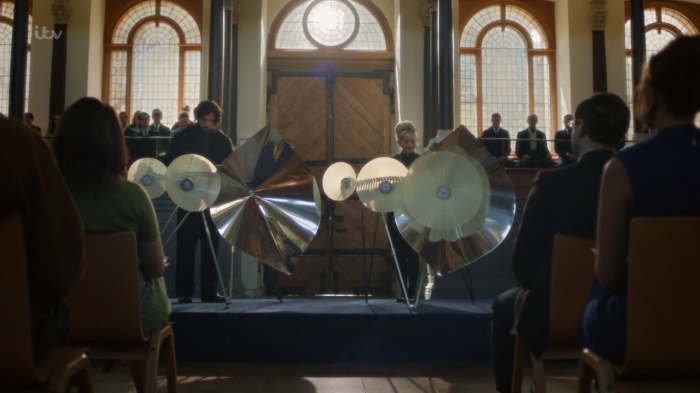 DAMIAN: You often mention a variety of actors, characters or general cultural references in the description of your scripts which audiences obviously never get to see. Indeed, GAME contains the following: a white haired boffin from a 50s B-Movie (Professor George Saxon), a Spencer Tracy of a Priest (Father Linehan), the shoulder of his Norman Bates corduroy jacket (Clifford Gibbs), a young Gordon Jackson (Broderick Castle) and a forty-something John Wyndham by way of Dirk Bogarde (Dr. Bernard Gould). Do you do this to help the casting director, to aid the actors in visualising their characters or simply for your own amusement?
DAMIAN: You often mention a variety of actors, characters or general cultural references in the description of your scripts which audiences obviously never get to see. Indeed, GAME contains the following: a white haired boffin from a 50s B-Movie (Professor George Saxon), a Spencer Tracy of a Priest (Father Linehan), the shoulder of his Norman Bates corduroy jacket (Clifford Gibbs), a young Gordon Jackson (Broderick Castle) and a forty-something John Wyndham by way of Dirk Bogarde (Dr. Bernard Gould). Do you do this to help the casting director, to aid the actors in visualising their characters or simply for your own amusement?
RUSS: Probably a bit of both. It’s a short-hand for Susie Parriss – our saintly Casting Director – as often as not. A type. I tend to go for deceased actors because invoking the living as a template can be unhelpful.
DAMIAN: For those in the cheap seats, The Beatles references continue to be ever present but we’ve covered this before and will probably touch upon them slightly again when we discuss CANTICLE but I did promise the reader last year that we’d get to the bottom of your Tony Hancock fixation one day. Well, now seems as good a time as any…
RUSS: Well, Hancock’s place in the British comedy firmament – chiefly through the happy serendipity of his association with Galton and Simpson – is unassailable.
 More practically, I’m not sure it’s a fixation as much as a very handy snapshot of social pre-occupations of the time. Steptoe & Son is another. No accident they were both written by Galton & Simpson – praise them with great praise. Comedy – perhaps more so than drama – draws on relevant contemporary figures and anxieties its audience will recognise for humorous effect. It’s by its nature acutely ‘observational’.
More practically, I’m not sure it’s a fixation as much as a very handy snapshot of social pre-occupations of the time. Steptoe & Son is another. No accident they were both written by Galton & Simpson – praise them with great praise. Comedy – perhaps more so than drama – draws on relevant contemporary figures and anxieties its audience will recognise for humorous effect. It’s by its nature acutely ‘observational’.
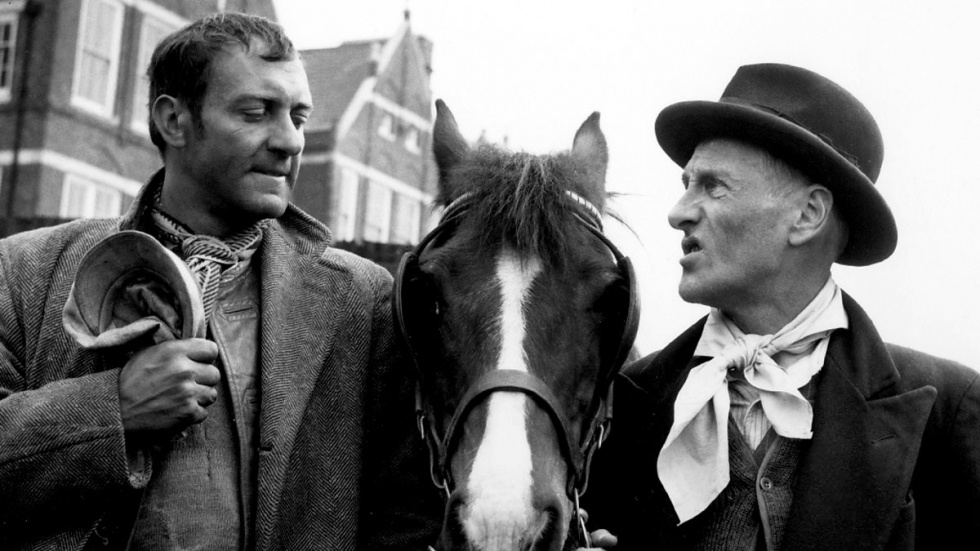 Despite your sensitivity re: Clement & LaFrenais’ pot-shots at Stoke, one can probably learn more from The Likely Lads – and Whatever Happened to the Likely Lads – about the state of the nation, and particularly the North East, at the time, than one could from three years at Lonsdale reading social history.
Despite your sensitivity re: Clement & LaFrenais’ pot-shots at Stoke, one can probably learn more from The Likely Lads – and Whatever Happened to the Likely Lads – about the state of the nation, and particularly the North East, at the time, than one could from three years at Lonsdale reading social history.
 So – though Hancock was getting very near the end, and had split with Galton and Simpson some years earlier, some of those mid-late 50s and early 60s things still had currency. I’ve said before that it seemed to me the mid 60s still had one foot in the 50s. And, as you’ve rightly deduced, there’s more of a whiff of The Missing Page about GAME.
So – though Hancock was getting very near the end, and had split with Galton and Simpson some years earlier, some of those mid-late 50s and early 60s things still had currency. I’ve said before that it seemed to me the mid 60s still had one foot in the 50s. And, as you’ve rightly deduced, there’s more of a whiff of The Missing Page about GAME.
A pleasing connection that brings all full circle is that our own Susy Kane has played Andree Melly in Neil Pearson’s brilliant radio recreations of The Missing Hancocks, with Kevin McNally giving a truly extraordinary performance as ‘the lad himself.’ Utter joy.

Susy Kane in Nocturne and recording The Missing Hancocks below
 DAMIAN: And there’s also a bit of Bond again with the Russian chess player (and Trewlove mentions the Kronsteen variation) but was it difficult to write all the jargon and various moves or did you consult an adviser?
DAMIAN: And there’s also a bit of Bond again with the Russian chess player (and Trewlove mentions the Kronsteen variation) but was it difficult to write all the jargon and various moves or did you consult an adviser?
RUSS: Mmm. No – I was familiar with most of it, but we did consult an advisor to make sure there were no unintentional howlers – as against the intentional howlers we include for those who like to truffle out such things.
 DAMIAN: You told me last year that you wanted to explore Harold Wilson’s ‘White Heat of Technology’ in GAME. Was this in some way used to signpost the changes ahead for this and the next series and also why was the original nod to 2001: A Space Odyssey changed from H.E.L.420 (the Heuristic Electronic Logician or HEL for short) in the original draft to Joint Computing Nexus/J.C.N/Jason?
DAMIAN: You told me last year that you wanted to explore Harold Wilson’s ‘White Heat of Technology’ in GAME. Was this in some way used to signpost the changes ahead for this and the next series and also why was the original nod to 2001: A Space Odyssey changed from H.E.L.420 (the Heuristic Electronic Logician or HEL for short) in the original draft to Joint Computing Nexus/J.C.N/Jason?
RUSS: Well – HEL was a place holder until I’d come up with something better. How true it was that 2001 went for HAL because IBM wouldn’t let them use their company name (so Kubrick and Clarke just shifted everything forward by a letter) I can’t say – but we followed the example. And Jason’s not a bad name for a crazed serial killer, is it?
 DAMIAN: Thursday, particularly when he’s in a bad mood, will occasionally ask Endeavour to drop him at the tobacconist/newsagent as he does in this film and says he’ll walk to Cowley Police Station from there. Is the shop the one that can still be found on Holywell Street opposite New College?
DAMIAN: Thursday, particularly when he’s in a bad mood, will occasionally ask Endeavour to drop him at the tobacconist/newsagent as he does in this film and says he’ll walk to Cowley Police Station from there. Is the shop the one that can still be found on Holywell Street opposite New College?
RUSS: There’s a couple he patronises.
 DAMIAN: This has been bothering me for a while so can you confirm where exactly is Cowley Police Station and how long would it actually take Thursday to walk?
DAMIAN: This has been bothering me for a while so can you confirm where exactly is Cowley Police Station and how long would it actually take Thursday to walk?
RUSS: It would depend on his pace. And the demands of the story.
DAMIAN: And can you confirm what Thursday has on his Wednesday sandwich?
RUSS: Yes, I can.
DAMIAN: Oh! In the scene with the now surely classic line ‘This one’s as ripe and runny as a rancid Roquefort’, Endeavour asks Max where he stands on love. Now, initially I just took their exchanges including ‘Love and fishing. Sooner or later it all comes down to the same thing. The one that got away’ as simply a reference to Joan. However, having read the slightly longer scene in the original draft with more Housman quoted, I’m wondering if Max is also referring to his own lost love?
RUSS: I think ‘And one was fond of me, and all are slain’ made it through to the final cut. Further I would not wish to go. Jimmy Bradshaw delivers it so beautifully, and his performance says far more than I could on the subject.
 DAMIAN: Let’s move onto Kent Finn. One of his crime novels is called ‘Just For Jolly’ and as you know, I have a keen interest in the Whitechapel Murders – was this a nod to our friend Jack?
DAMIAN: Let’s move onto Kent Finn. One of his crime novels is called ‘Just For Jolly’ and as you know, I have a keen interest in the Whitechapel Murders – was this a nod to our friend Jack?
RUSS: Of course. Jolly being the nickname of his detective – Jolliphant — we just had a bit of fun playing around with made-up titles for his back catalogue. I think we had about a dozen or so in the end, which were required for the Art Department to mock up his other novels.
 The following images, which have never been seen before outside of the production office, were created by the brilliant graphic designer Katie Driscoll and I’m extremely grateful to her for letting me show them here.
The following images, which have never been seen before outside of the production office, were created by the brilliant graphic designer Katie Driscoll and I’m extremely grateful to her for letting me show them here.
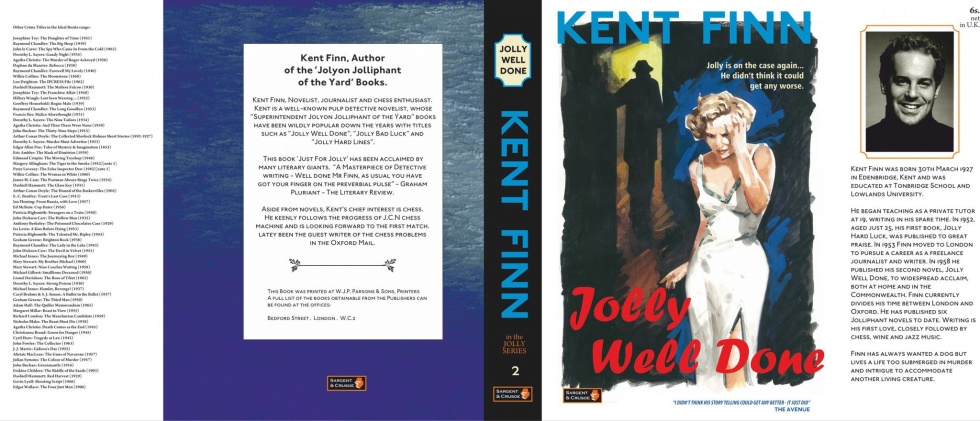
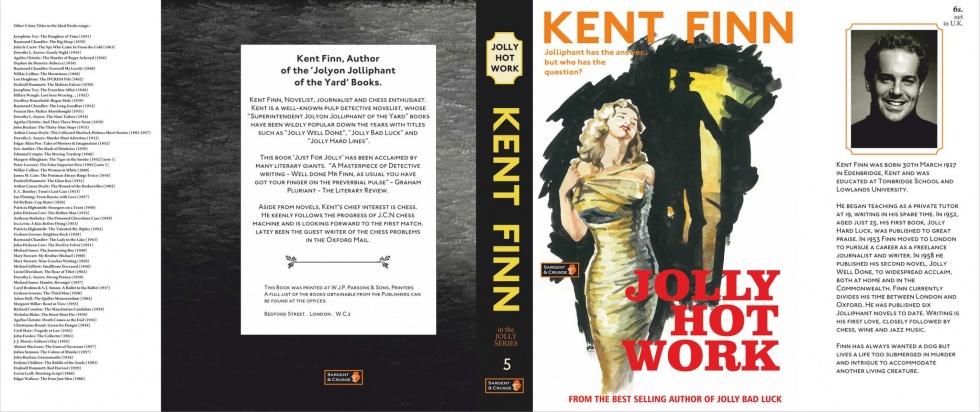

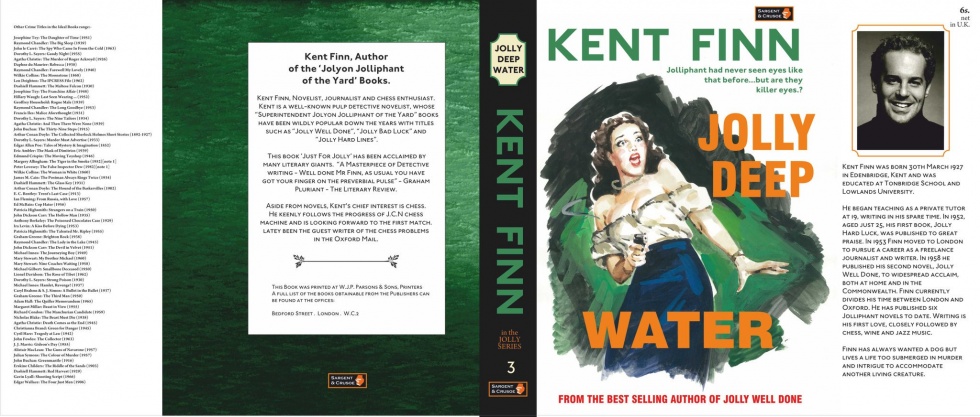 Below is an unused cover which favoured a more film noir photo look but then Katie decided to go down the route of painted pictures as it was thought that all the Jolly books should have a matching style when they were seen together at the book signing. However, the photo style one was dressed into Kent Finn’s house as though it was an earlier edition of the book so although it wasn’t really seen it was built into the story for the art department.
Below is an unused cover which favoured a more film noir photo look but then Katie decided to go down the route of painted pictures as it was thought that all the Jolly books should have a matching style when they were seen together at the book signing. However, the photo style one was dressed into Kent Finn’s house as though it was an earlier edition of the book so although it wasn’t really seen it was built into the story for the art department.
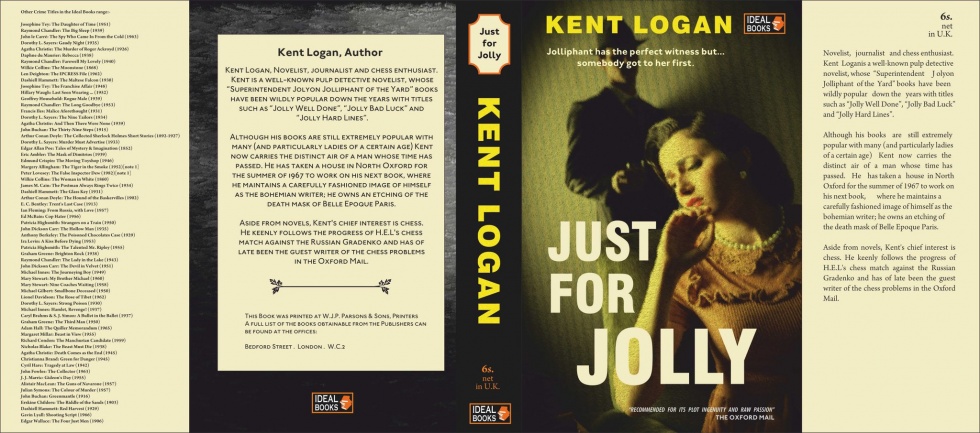 DAMIAN: Kent’s house is a menagerie of curiosities including the stick men, the death mask painting (L’Inconnue de la Seine), the wine collection and his various memorabilia related to his fiction. Do these objects, and indeed Kent himself, hold a wider significance to Endeavour beyond GAME?
DAMIAN: Kent’s house is a menagerie of curiosities including the stick men, the death mask painting (L’Inconnue de la Seine), the wine collection and his various memorabilia related to his fiction. Do these objects, and indeed Kent himself, hold a wider significance to Endeavour beyond GAME?
RUSS: Mmm. Remains to be seen.

 DAMIAN: I actually thought Kent was by far one of the most interesting new characters introduced in this series. You describe him as ‘a brooding inkslinger clinging to his thirties by a fingernail… [his fandom as] an Oxford equivalent of James Ellroy’s ‘peepers, prowlers, pederasts, panty-sniffers, punks and pimps’…” and on seeing Dorothea, “A flirty, lupine smile plays roguishly about his lip… is the kind of crap line that belongs in one of his novels’. However, I was disappointed that someone as wise and perceptive as Dorothea would get involved with such a man. Can you explain the extent of their relationship comparing the various drafts to what we finally saw onscreen?
DAMIAN: I actually thought Kent was by far one of the most interesting new characters introduced in this series. You describe him as ‘a brooding inkslinger clinging to his thirties by a fingernail… [his fandom as] an Oxford equivalent of James Ellroy’s ‘peepers, prowlers, pederasts, panty-sniffers, punks and pimps’…” and on seeing Dorothea, “A flirty, lupine smile plays roguishly about his lip… is the kind of crap line that belongs in one of his novels’. However, I was disappointed that someone as wise and perceptive as Dorothea would get involved with such a man. Can you explain the extent of their relationship comparing the various drafts to what we finally saw onscreen?
RUSS: That’s a tough one. I think it was very early days in whatever it was that might have been between them, but that Dorothea would very soon have seen through him. As for his fandom – I think we ended up with a more staid and traditional readership. Though, of course, what goes on behind the net curtains of his devotees is another matter.
 RUSS: And as exciting as the chase and subsequent car crash was to watch, I’m wondering in retrospect if seeing Dorothea in the role of damsel in distress was also a little disappointing as oppose to giving her something more empowering to do?
RUSS: And as exciting as the chase and subsequent car crash was to watch, I’m wondering in retrospect if seeing Dorothea in the role of damsel in distress was also a little disappointing as oppose to giving her something more empowering to do?
RUSS: Hmm. Well – that’s not what we were trying to do. I think what’s key is that she fought back; she got free and started strangling him with his own rope.


 DAMIAN: Continuing with the theme of water in the film, I think fans will be fascinated to learn that instead of the car engulfed in flames, your original idea was to have the car and Dorothea submerged in water. What can you tell us about your original idea and the reason it was changed?
DAMIAN: Continuing with the theme of water in the film, I think fans will be fascinated to learn that instead of the car engulfed in flames, your original idea was to have the car and Dorothea submerged in water. What can you tell us about your original idea and the reason it was changed?
RUSS: One has to cut according to the cloth. Water seemed to suit – thematically. There was a lot of back and forth in production meetings, but in the end one has to be pragmatic.
DAMIAN: And so series five is almost upon us. Whose idea was it to extend the run from the usual four films to six?
RUSS: The audience has often expressed a wish for more than four stories, and the Network felt the same. We were happy to oblige. But it places huge demands on the principal players’ time and precludes them from doing anything else with their year. I think that should we return it would be in our more usual quartet format. That frees up the actors to do other things. Theatre. Film. Other telly. And – with Shaun – to wear his directorial hat.
 DAMIAN: You see I worry about you Russ and I’d now like to speak to the dark passenger you mentioned to me last year – a Dexter of quite a different colour perhaps. You’ve told me that writing sometimes becomes an out of body experience and the choices made therein almost subconscious. Additionally, you say that there’s no sleep until you write ‘ROLL END CREDITS’ which sometimes means you don’t sleep for forty-eight or even seventy-two hours and it is during these times that your dark passenger appears. This can’t be very healthy for Russ can it?
DAMIAN: You see I worry about you Russ and I’d now like to speak to the dark passenger you mentioned to me last year – a Dexter of quite a different colour perhaps. You’ve told me that writing sometimes becomes an out of body experience and the choices made therein almost subconscious. Additionally, you say that there’s no sleep until you write ‘ROLL END CREDITS’ which sometimes means you don’t sleep for forty-eight or even seventy-two hours and it is during these times that your dark passenger appears. This can’t be very healthy for Russ can it?
RUSS: I can’t speak for Mister Hyde, but for my part – it’s a case of needs must. You do what you have to. One of the few comforts of social media is seeing other writers posting in the dead of night – or, having just typed ‘The End’ or its equivalent, crawling hand over hand up the wooden hill. So, you know you’re not the only living boy in Crazyville. But it’s interesting to track the gradual mental unravelling and disintegration that arises from such extended periods of sleep deprivation.
 DAMIAN: I mean you’ve spent the best part of the last five years on this show and sometimes filming a series can take up to nine months during which time you’re usually doing rewrites between finishing the script for the next film. I’m just wondering if and when you can switch off. Indeed, I’m reminded of Peter Pan in which Barrie writes ‘You know that place between sleep and awake, that place where you still remember dreaming… That’s where I’ll be waiting’. Are you able to leave Endeavour, Thursday and Co. at the keyboard or do you take them to bed with you where they constantly wait in that place between sleep and awake?
DAMIAN: I mean you’ve spent the best part of the last five years on this show and sometimes filming a series can take up to nine months during which time you’re usually doing rewrites between finishing the script for the next film. I’m just wondering if and when you can switch off. Indeed, I’m reminded of Peter Pan in which Barrie writes ‘You know that place between sleep and awake, that place where you still remember dreaming… That’s where I’ll be waiting’. Are you able to leave Endeavour, Thursday and Co. at the keyboard or do you take them to bed with you where they constantly wait in that place between sleep and awake?
RUSS: Switching off isn’t really an option. As for them haunting my dreams, it depends how much trouble I’m having. If there’s a particularly tricky conundrum that got my waking mind occupied, as often as not the answer will come in the dead of night. I think I read somewhere that anything less than three hours sleep makes little or no difference to one’s physical/mental state, and one might as well forego sleep altogether.

 DAMIAN: It’s a new year – out with the old and in with the new! This series will be broadcast exactly fifty years after it’s set so what can we expect to see in 1968?
DAMIAN: It’s a new year – out with the old and in with the new! This series will be broadcast exactly fifty years after it’s set so what can we expect to see in 1968?
RUSS: It’s a most turbulent year – and that makes its way into most of the stories in one way or another. We see the arrival of a new character at the nick – the young George Fancy, played by Lewis Peek. And that gives us something new to play with.
Funny – I’d not thought of it before – but I suppose could be described as ENDEAVOUR’s White Album; insofar as it’s longer than anything we’ve done before. And I think I remember something in the liner notes for that particular artefact about it being a ‘New Phase’ Recording. I suppose the song that informs much of what we’re about is ‘Revolution’. Paris. Prague. All flows from that to a greater or lesser degree.
The exact half-century was often sobering. On the one hand, how far we’ve come – but, all too often, how far we haven’t. One didn’t seek parallels, but, with even the most cursory overview, they come thick and fast, and to have ignored them would have been remiss. With 1968, perhaps more so than any other series, it felt in many regards a serious case of plus ça change.
DAMIAN: We began by talking about how the family dynamic changed during the last two series but reform also seems to be the key theme for series five as well doesn’t it?
RUSS: Yes – I think one of the scene directions for an early moment in tonight’s film suggests that we are into the comedown from the Summer of Love. Everything feeling a little shop soiled. Hung over. Soured. November will see Cream’s farewell gig at the Albert Hall. An electric performance – but Ginger, Clapton, and a white-faced Jack Bruce – certainly as captured in Tony Palmer’s footage – seem the antithesis of a certain, unthreatening, ‘bring ‘em home to meet your Mum’, madcap, mop-toppery that defined the earlier part of the decade.
It’s a little over a year until Danny the Drug Dealer will bemoan the fact that they’re ‘selling hippy wigs in Woolworths.’ But there is already an air of disillusion and discontent abroad. And that’s manifested to some degree at Cowley nick.
DAMIAN: For now Russ, thank you very much indeed.
RUSS: A pleasure, as always.
~
ROLL END CREDITS
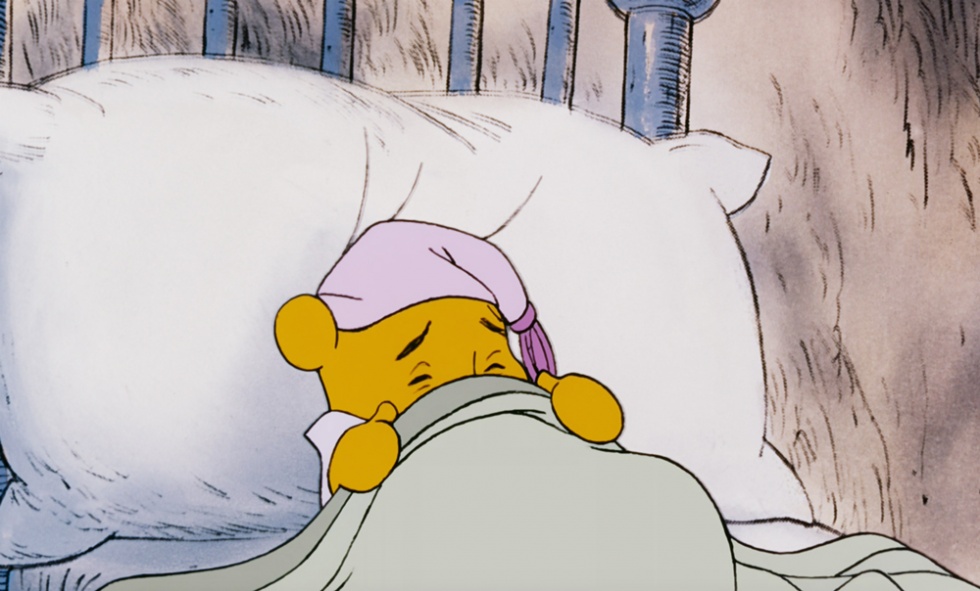
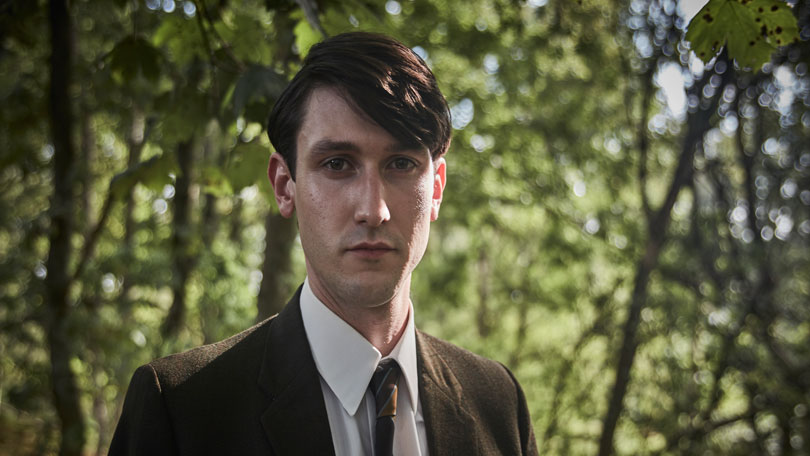 DAMIAN: Well, something to really shout about is your role as Detective Constable George Fancy (originally Bob Fancy before negative checking couldn’t clear the name*). Now, there wasn’t much of a description in the script for your character other than he was a young shaver but rather it was one of those cases where they had a pretty good idea what they were looking for and would know when they found it. So, given that there was so little description and you obviously couldn’t guess what was inside their heads, how did you go about playing Fancy in the audition?
DAMIAN: Well, something to really shout about is your role as Detective Constable George Fancy (originally Bob Fancy before negative checking couldn’t clear the name*). Now, there wasn’t much of a description in the script for your character other than he was a young shaver but rather it was one of those cases where they had a pretty good idea what they were looking for and would know when they found it. So, given that there was so little description and you obviously couldn’t guess what was inside their heads, how did you go about playing Fancy in the audition? DAMIAN: What’s the character dynamic between Fancy, Thursday and Bright and what’s it like working with actors with such gravitas as Roger Allam and Anton Lesser?
DAMIAN: What’s the character dynamic between Fancy, Thursday and Bright and what’s it like working with actors with such gravitas as Roger Allam and Anton Lesser?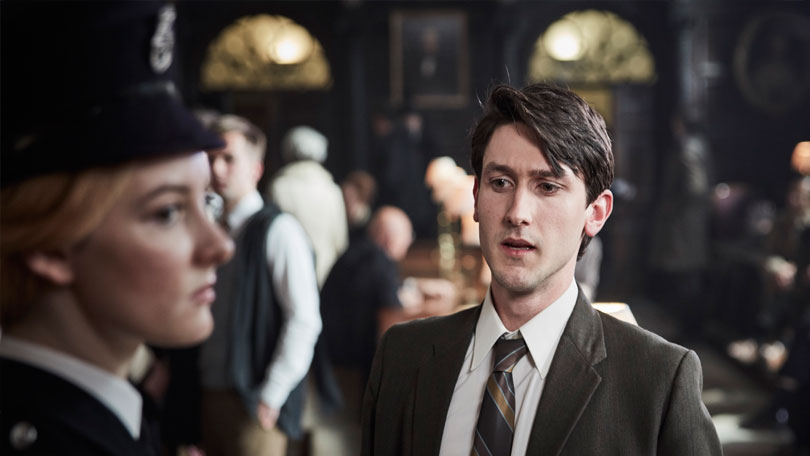
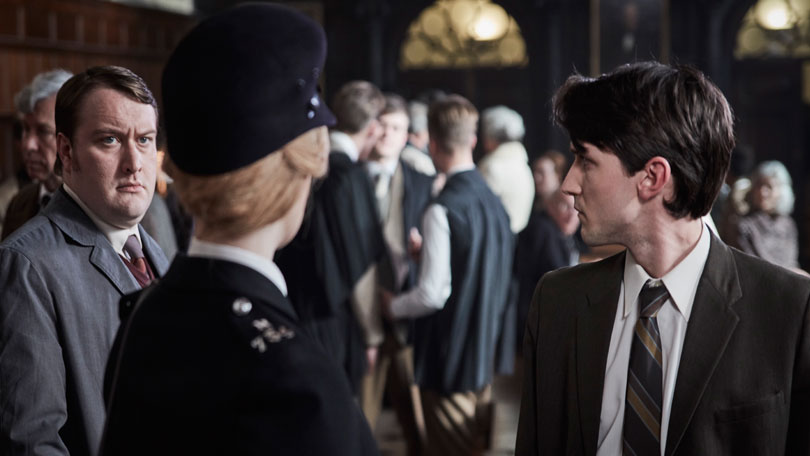 DAMIAN: Tell me a bit about location filming in Oxford and how do you find the reaction from the fans?
DAMIAN: Tell me a bit about location filming in Oxford and how do you find the reaction from the fans?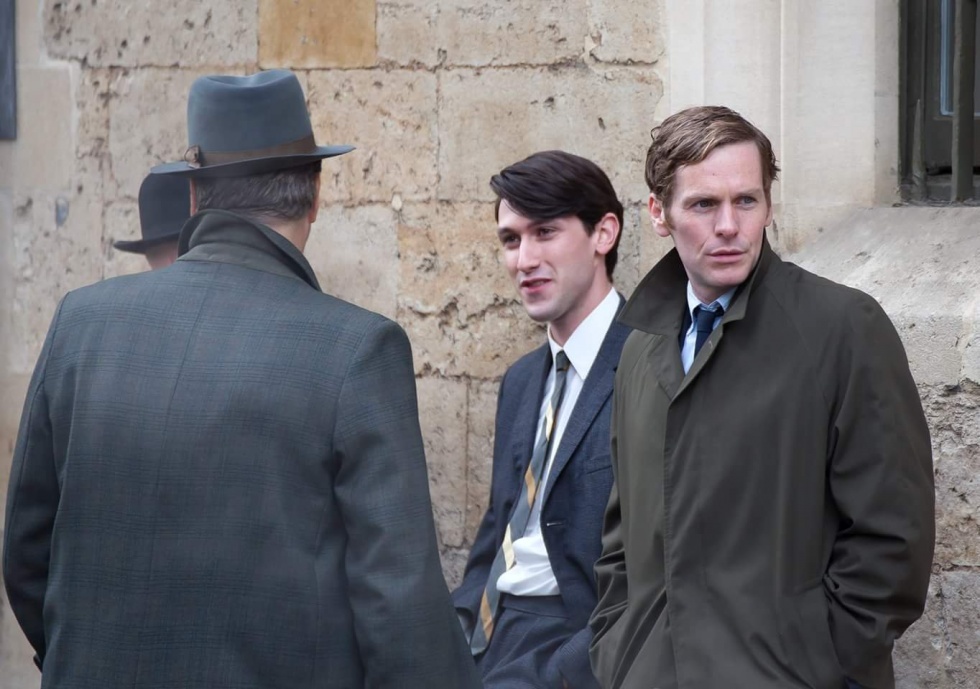 DAMIAN: One of the things I like most about Oxford is exploring the pubs, so many of which have obviously featured in Inspector Morse, Lewis and Endeavour over the years. Did you discover any personal favourites during your visits?
DAMIAN: One of the things I like most about Oxford is exploring the pubs, so many of which have obviously featured in Inspector Morse, Lewis and Endeavour over the years. Did you discover any personal favourites during your visits?